Return to White Water Draw, January 2024: "Ice-capades"* with a Flyover, and, admission was free !1/21/2024 White Water Draw (WWD), is a rich area of preserved fields and marshes in Cochise County, not far from McNeal Arizona, and a 30 minute drive from Bisbee. It occupies ranch land deeded to the state and managed by Arizona Game and Fish. The wetlands are flooded on a seasonal basis depending on availability of water and serve as the wintering grounds for Sandhill Cranes. It is one of the best areas to see 20,000-40,000 cranes during a winter season. For more content on WWD including links to my prior posts see Birding Hotspots: White Water Draw. I returned on January 9th with a gaggle of fellow photographers from Club Camera Tucson, arriving at 8:30 am to greet a clear, cold, and almost windless day. The key word here is "cold!" When I arrived it was 22 degrees and stayed well below freezing most of the morning, warming up toward noon. The water levels were low compared to prior years, but there was water not far from the main walking path. Rather, I should say ice - because when we arrived everything was frozen, and all of the usual foraging water birds were "ice birds." So, let's start the "ice-capades" with a Least Sandpiper looking for breakfast . . . . * For anyone born after 1990 here is a history of the original Ice Capades courtesy of Wikipedia. Least Sandpiper forages on ice . . . .Canon R7, RF 100-500mm at 500mm, f/8.0, 1/2000 sec., ISO 1600, +0.33EV. Post production in Adobe LR Classic with Topaz DeNoise AI.
The ice seems to have frozen in ripples or waves, perhaps a wind effect from the prior night. This freezing process may have also brought more nutrients to the surface as the water froze. All About Birds describes the Least Sandpiper diet as consisting of insects and other invertebrates, supplemented with seeds. However, there are reports of other shorebirds eating biofilm, nutritious slime that consists of extracellular DNA, proteins and polysaccharides. In this case, our subject could be finding dead insects on the ice surface, invertebrates that were frozen in the ice, or maybe biofilm. For more on biofilm as food see The Exploitation of biofilm by migrant western sandpipers (Calidris mauri). In the photos above and below, our subject shows interest in slimy green stuff frozen in the ice, but overall was spending most of his time on the open ice. My thanks to Professor Charles Van Riper III for his insights on what this bird could be eating off of a frozen pond. Ducks on Ice: Green-winged Teal . . . .Canon R7, RF 100-500mm at 500mm, f/11, 1/4000 sec., ISO 5000, +1.33EV. Post production in Adobe LR Classic with Topaz DeNoise AI.
American Wigeon . . . . .Canon R7, RF 100-500mm at 500mm, f/8, 1/2000 sec., ISO 800, +0.67EV. Post production in Adobe LR Classic with Topaz DeNoise AI.
Northern Pintails . . . . .Canon R7, RF 100-500mm at 500mm, f/8, 1/2000 sec., ISO 800, +0.67EV. Post production in Adobe LR Classic with Topaz DeNoise AI.
Above, Northern Pintails on the ice, and below, in flight over White Water Draw. Canon R7, RF 100-500mm at 500mm, f/8, 1/1600 sec., ISO 320, +0.67EV. Post production in Adobe LR Classic with Topaz DeNoise AI. And Northern Shovelers Make a Landing . . . .Canon R7, RF 100-500mm at 500mm, f/8, 1/4000 sec., ISO 1000, +0.33EV. Post production in Adobe LR Classic with Topaz DeNoise AI. The ducks we saw on the 9th must have roosted overnight away from the water because they all seemed to arrive at the pond in small groups over the course of a few hours. Here we see four Northern Shovelers landing in formation. Let's number these airborne shovelers 1-4, from left to right. They are fun to watch as they flare their wings and tails to stall just above the ice, feet forward, tails down. Above and below, shoveler #4 to the far right is the first to touchdown followed by #2. They manage to steer around obstructions on the runway, sleeping ducks! Shoveler #2 lands, and #3 comes in next. Keep an eye out for #1, on the left, who decides to stay in the air cutting in front of his companions and landing somewhere off frame to the right. "Ohhhh, that ice is slippery! And cold!" Duck #3 lands feet first, butt down, while #1 stays airborne. Doesn't it get cold, standing on the ice?Birds can stand for long periods on ice due to a process called regional heterothermy, whereby the body core temperature is maintained while the temperature of the feet is allowed to fall close to freezing. This occurs through the process of countercurrent heat exchange, whereby heat from the artery supplying the foot is transferred to the returning vein, minimizing the heat loss from the foot. The foot can withstand very low temperatures without damage because most of the components are tendons and bones, with little nerve or muscle tissue that would be prone to frostbite. (Reference: All About Birds, How Do Gulls Deal With Cold Feet, adapted from The Handbook of Bird Biology, Cornell Labs). Off the Ice, a Say's Phoebe Finds Bugs . . . .Canon R7, RF 100-500mm at 500mm, f/7.1, 1/800 sec., ISO 160, +0 EV. Post production in Adobe LR Classic with Topaz DeNoise AI.
The image above is the same bird as the lead photo, but on a branch. The cinnamon breast is just barely evident. Our subject blends in very well with the landscape. The image below was shot at WWD in December of 2019, and is included here to show better detail of the breast and abdominal plumage. Canon 7D MkII, EF 100-400mm at 400mm, f/6.3, 1/1000 sec., ISO 200, +0.33EV. Post production in Adobe LR Classic with Topaz DeNoise AI. In the series that follows our subject takes flight and hovers over the grasses not far from the trail just after 10 am on the 9th. Say's Phoebes are undaunted by people; this bird was close and a good subject. For the photo geeks: Most of the images in this post were shot at 500 mm, but here I zoomed back to 363 mm to allow for room in the frame for the bird's movement. I cropped in post-production for this image. Canon R7, RF 100-500mm at 363mm, f/8, 1/4000 sec., ISO 800, +0.33EV. Post production in Adobe LR Classic with Topaz DeNoise AI. I have included two series of hovering action to show the wing and tail manuvers as the bird hovers looking for insects. There are gaps in the feathers, especially at the end of the right wing. Some of these may resolve with preening, other defects will have to wait for the next molt to resolve. Certainly the bird's flight is not impaired. In the shots above and below the bird's dark tail is evident. In the image below, the phoebe is leaning forward a bit more, having spotted some morsel on the ground. He/she then plunges straight down, and off frame! In the last shot, shown above, the bird's cinnamon underparts are clear, as is the lighter coloration of the underwing coverts. Marsh WrenCanon R7, RF 100-500mm at 500mm, f/8, 1/2000 sec., ISO 800, +0.33EV. Post production in Adobe LR Classic with Topaz DeNoise AI.
The series of photographs shown below were captured at WWD in February 2020, when the water level was high enough to come under the observation deck, allowing for close-up images of this wren near the water. Canon 7D Mk II, EF 100-400mm at 500mm, f/506, 1/1250 sec., ISO 250, +0.67EV. Post production in Adobe LR Classic. Marsh Wrens are small with a round body and a short tail that is often held up. They are rusty-brown above with black and white streaks down the back, and paler underparts. (Reference: All About Birds) Snow Geese Arrive in a Ruckus . . . . . .Canon R7, RF 100-500mm at 500mm, f/8, 1/4000 sec., ISO 1000, +0.33EV. Post production in Adobe LR Classic with Topaz DeNoise AI. I promised not only an ice show, but a FLYOVER! Well, here it is. About 10:30 am peace and quiet at WWD came to a halt with the arrival of ~200 Snow Geese, initially coming out of the south right over our heads, circling the ponds for a time, then disappearing off in the distance, only to come back. It was quite a show! The image above shows the Snow Geese in flight, white with dark wing tips. Below, the whole flock is at some distance, looking like a swarm of black and white bees. Canon R6, EF 24-105mm at 24mm, f/11, 1/250 sec., ISO 200, 0 EV, post production in Adobe LR Classic with Topaz DeNoise AI. Below a closer view of the flock. Note that there is one bird, to the very far right, that looks brown rather than white. Canon R7, RF +100-500mm at 100 mm, f/8, 1/4000 sec., ISO 2000, 0 EV, post production in Adobe LR Classic with Topaz DeNoise AI. In the image below we see some of the formation structure, with a long line of birds on the right continuously changing and moving. It was impossible to tell if any one bird was leading the flock or what direction they would go in next. Note to the right of the image below a long line of birds with the one dark bird standing out. Below a closer shot of the dark bird in the flock. Snow Geese are generally white but some are a Blue Morph, with a dark body and white head. In-between the White and Blue Morph is the Intermediate Morph with a mix of white and dark on the body. My guess is that the darker bird below is an Intermediate Morph. Canon R7, RF +100-500mm at 500 mm, f/11, 1/4000 sec., ISO 1600, +0.33 EV, post production in Adobe LR Classic with Topaz DeNoise AI. After at least 30 minutes of this aerial ruckus, someone in the flock decided to land not far from us on the far side of the still frozen pond with the rest of the flock following. Finally about 200 Snow Geese land close to the water, with a few Sand Hill Cranes to the right. Canon R7, RF +100-500mm at 324 mm, f/11, 1/2500 sec., ISO 1600, +0.67 EV, post production in Adobe LR Classic with Topaz DeNoise AI. Note: this was shot as three separate images, all hand-held, then merged as a panorama in LR. After ~5 minutes on the ground, they suddenly decided to take off again, swarming around the area for another 5-10 minutes, finally landing away from the pond, not far from the entrance to WWD, likely finding grain to eat. Canon R7, RF +100-500mm at 186 mm, f/11, 1/4000 sec., ISO 2000, +0.67 EV, post production in Adobe LR Classic with Topaz DeNoise AI.
Yes! Finally . . the San Hill Cranes return !Canon R6, EF 24-105mm at 105mm, f/11, 1/250 sec., ISO 125, +0.33EV. Post production in Adobe LR Classic with Topaz DeNoise AI.
Canon R7, RF 100-500mm at 200mm, f/11, 1/4000 sec., ISO 3200, +1.33EV. Post production in Adobe LR Classic with Topaz DeNoise AI. Above, an images two Sand Hill Cranes coming in for a landing at 11:50 am on the 9th. Below an image of a pair at WWD in January of 2021 included here to show better detail. For more photographs and content on Sand Hill Cranes at WWD see my post from 2018: White Water Draw, January 2018. For more on WWD as a birding hotspot over the past 8 years, see Birding Hotspots: White Water Draw. Canon R6, EF 100-400mm with 1.4x Mk III ext., at 560mm, f/8, 1/1200 sec., ISO 320, +0.67EV. Post production in Adobe LR Classic with Topaz DeNoise AI. That's it - happy January! More coming soon . . . . Happy trails!
7 Comments
|
AuthorHenry Johnson, photographer and author of this site. For more detail, see About
Categories
All
Archives
July 2024
|
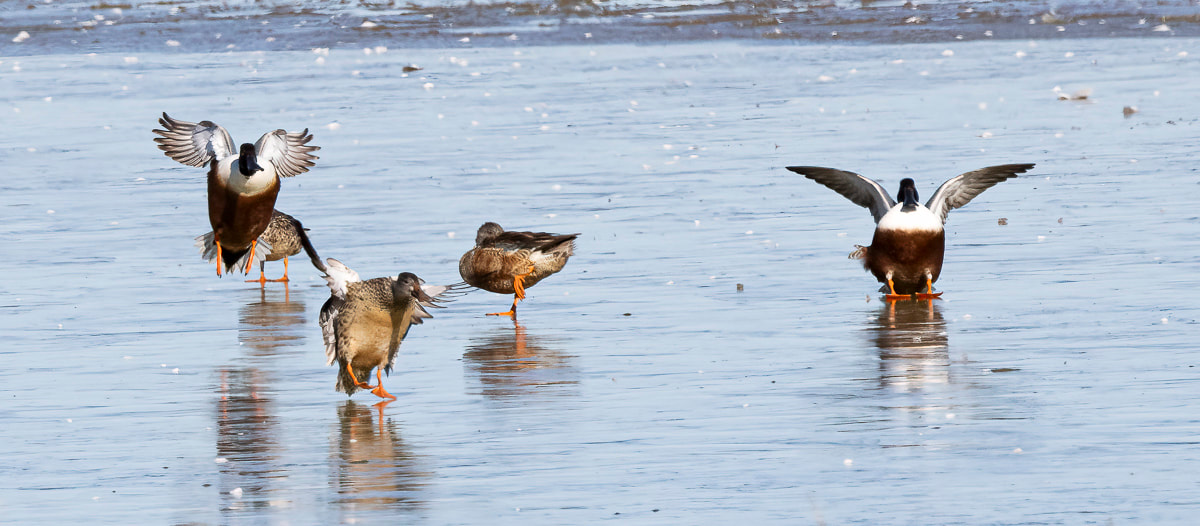
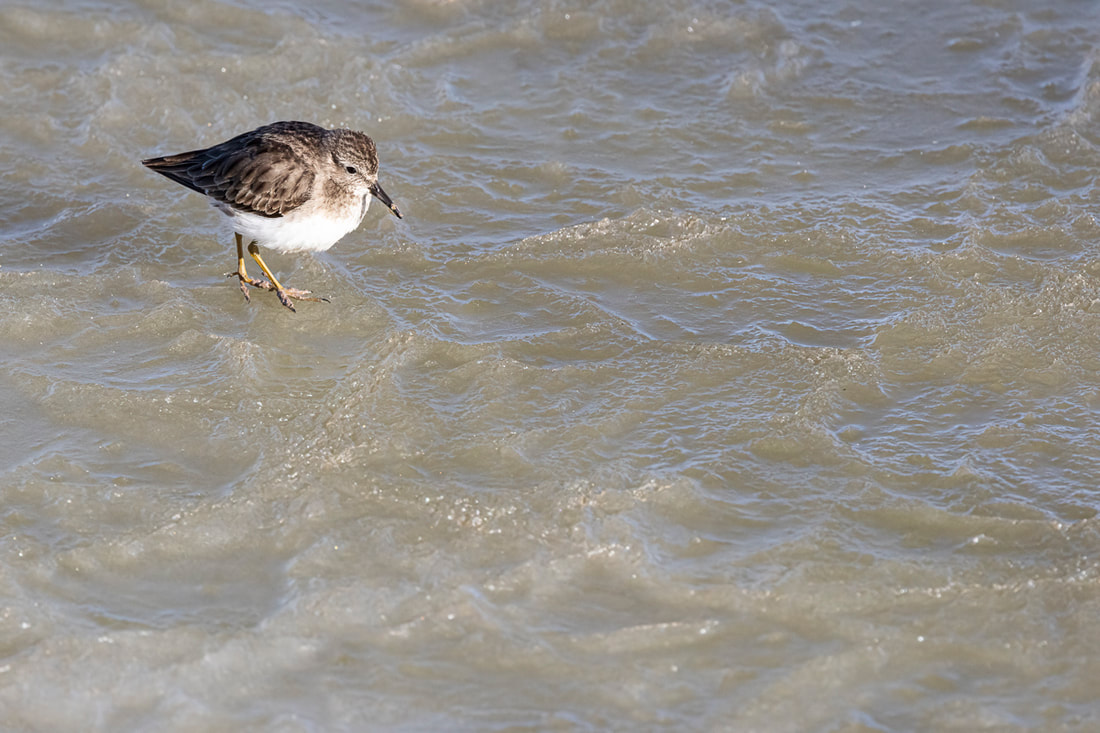
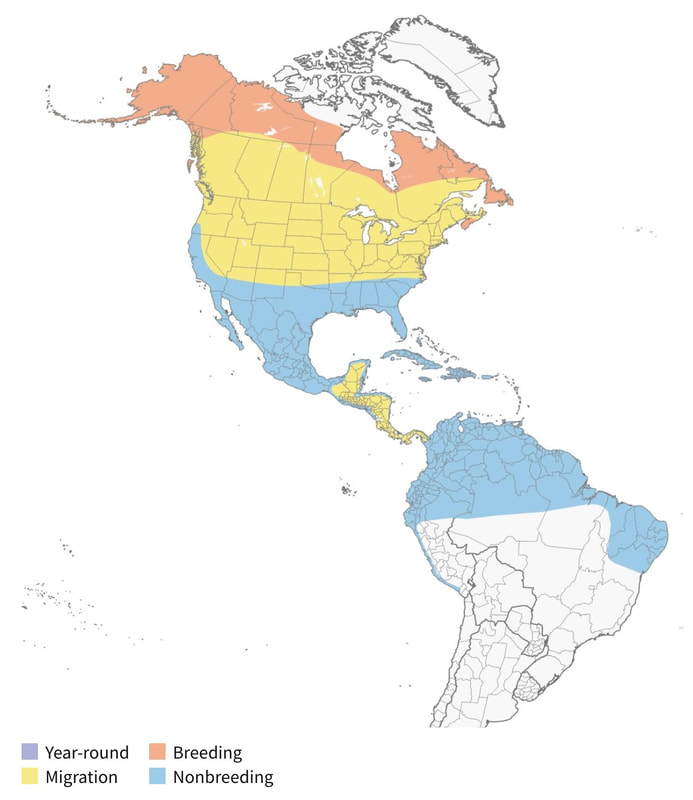
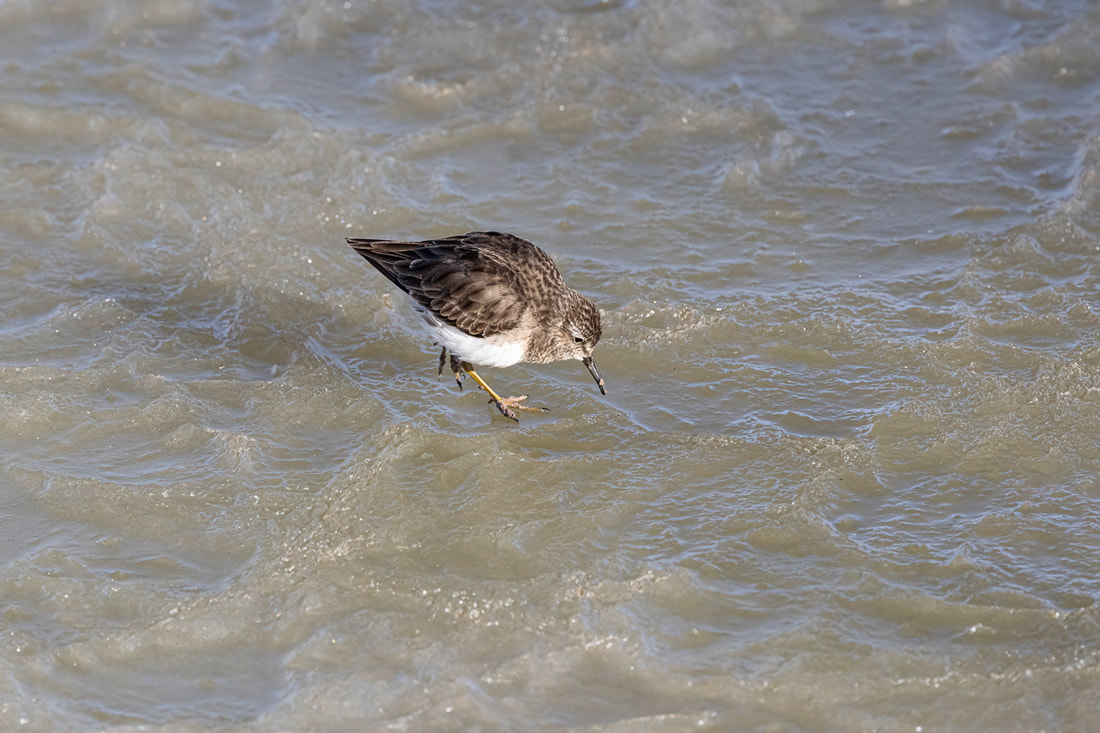
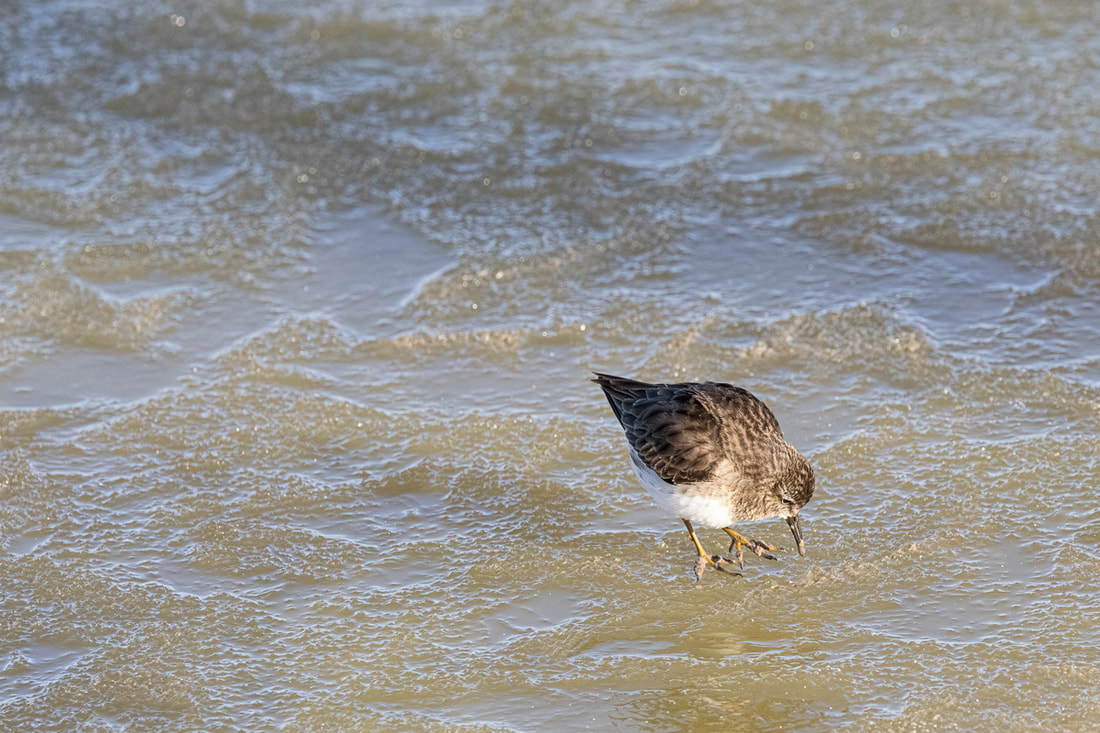
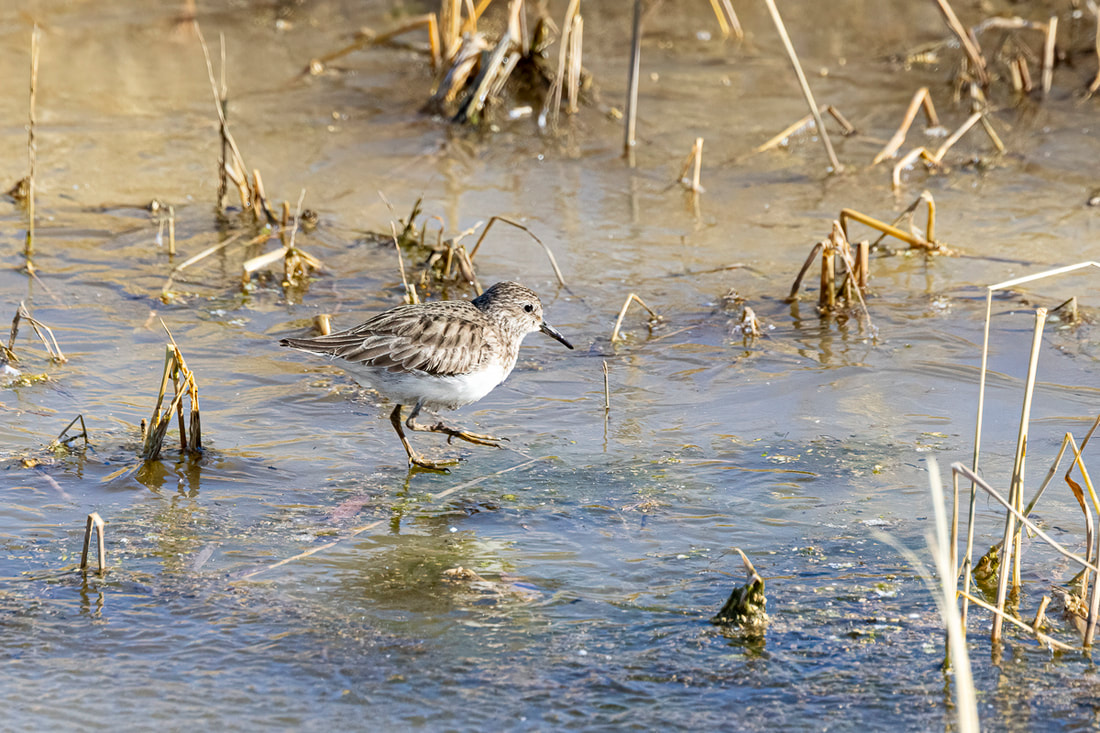
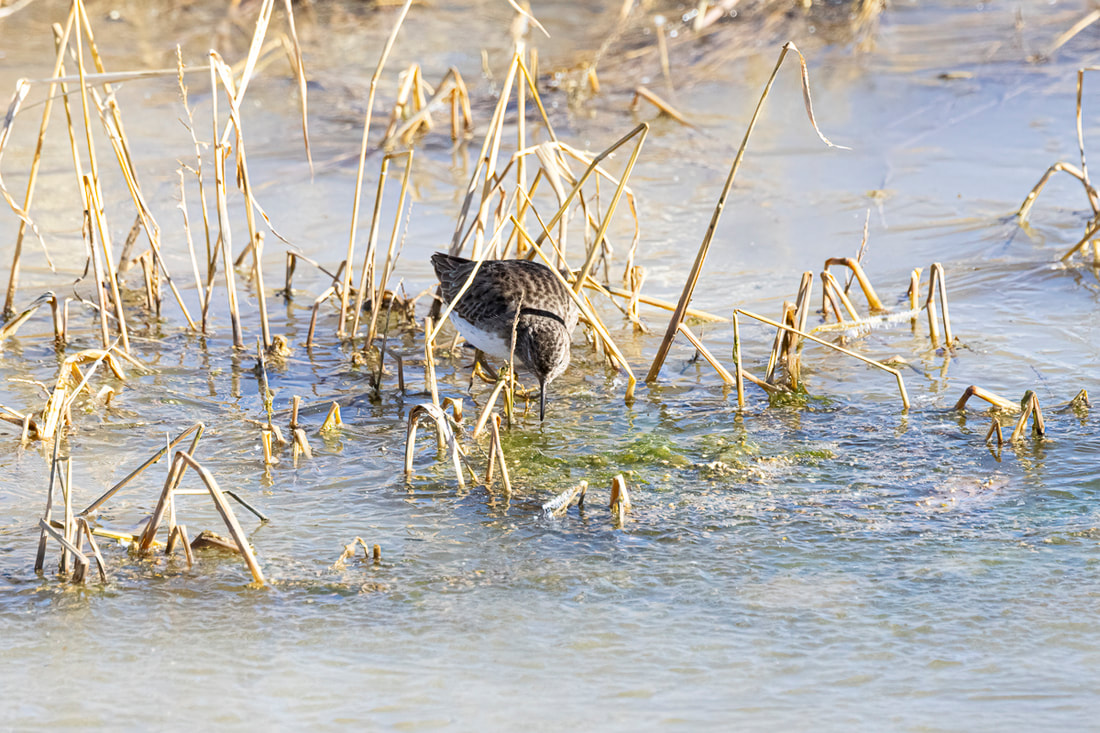
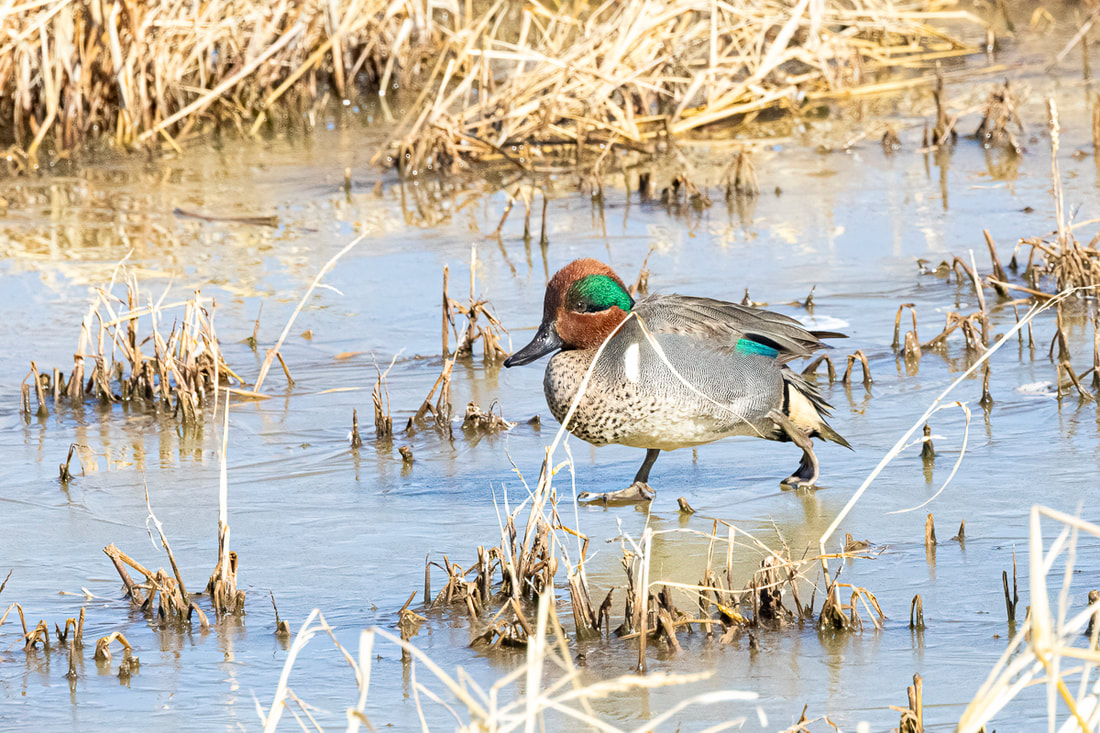
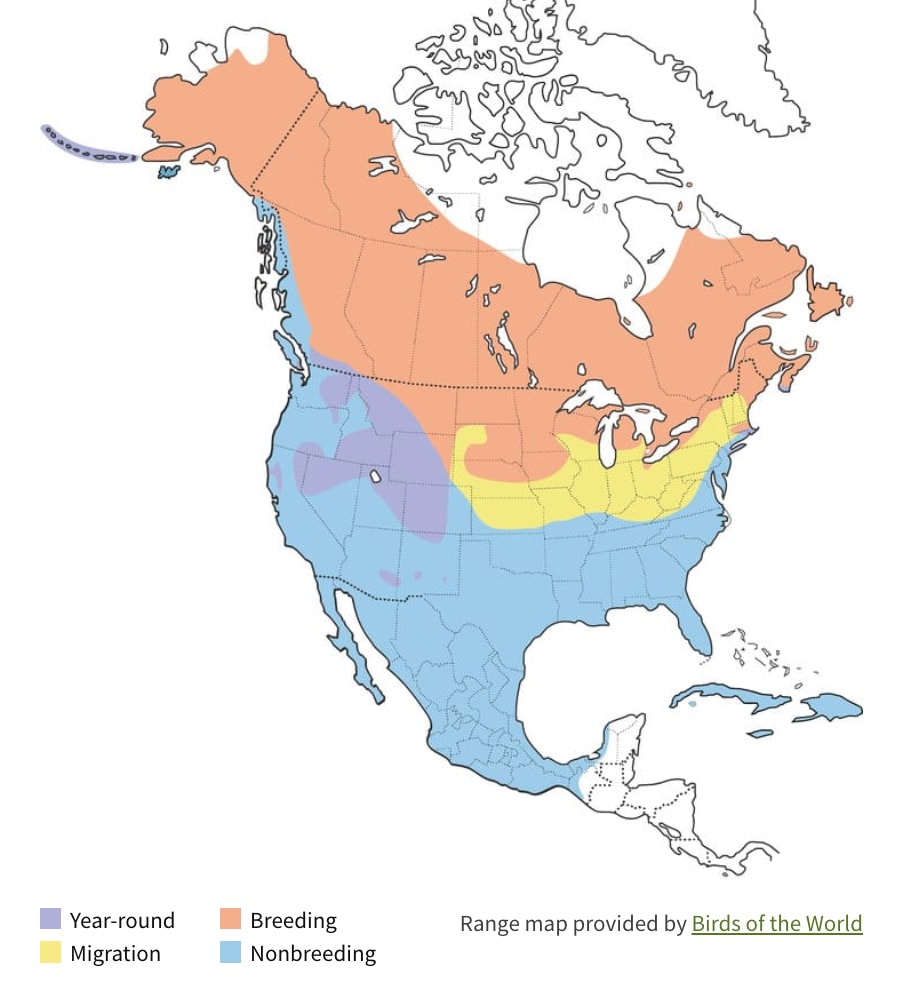
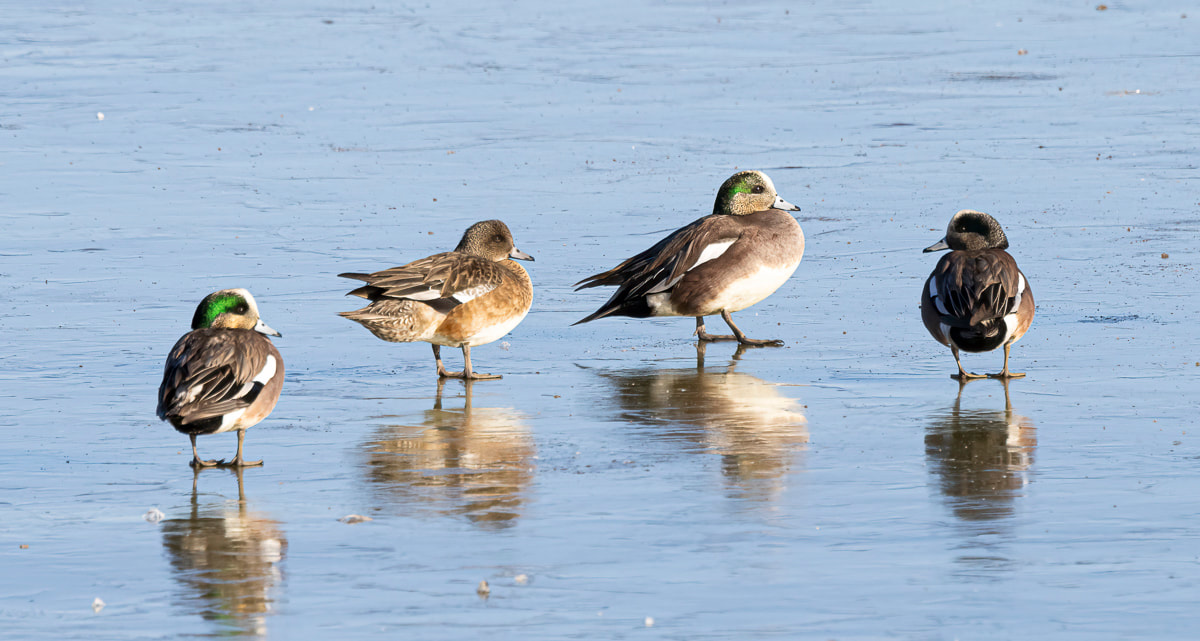
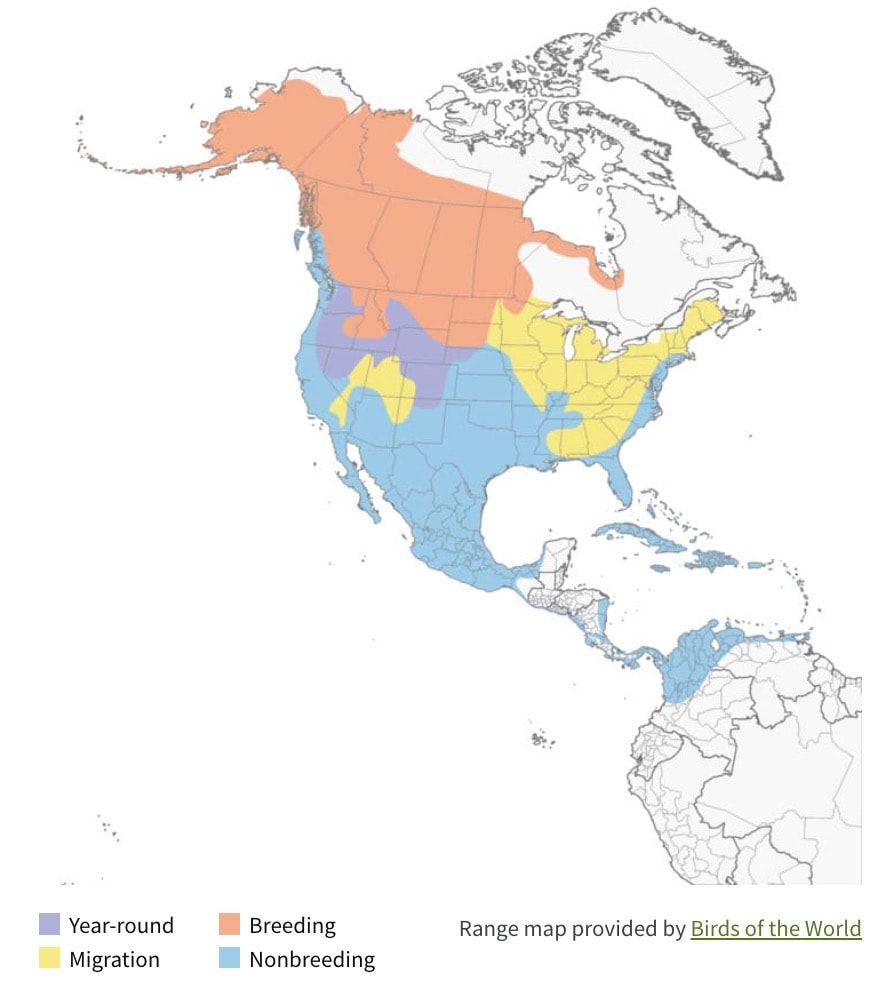
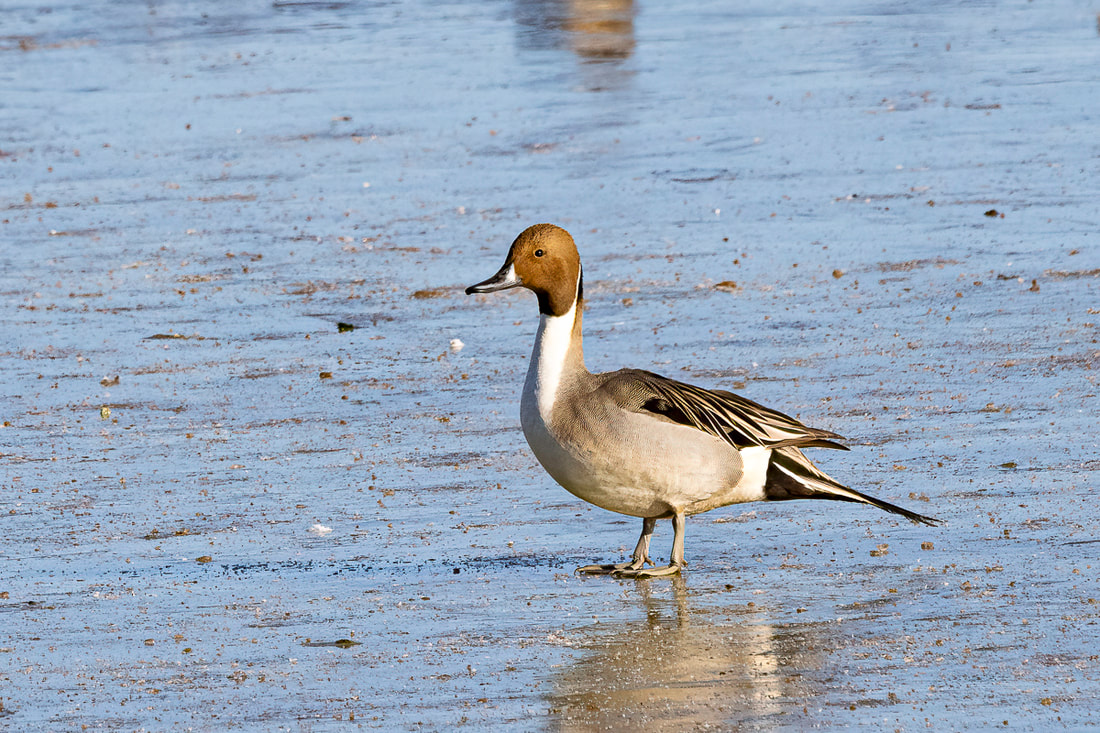
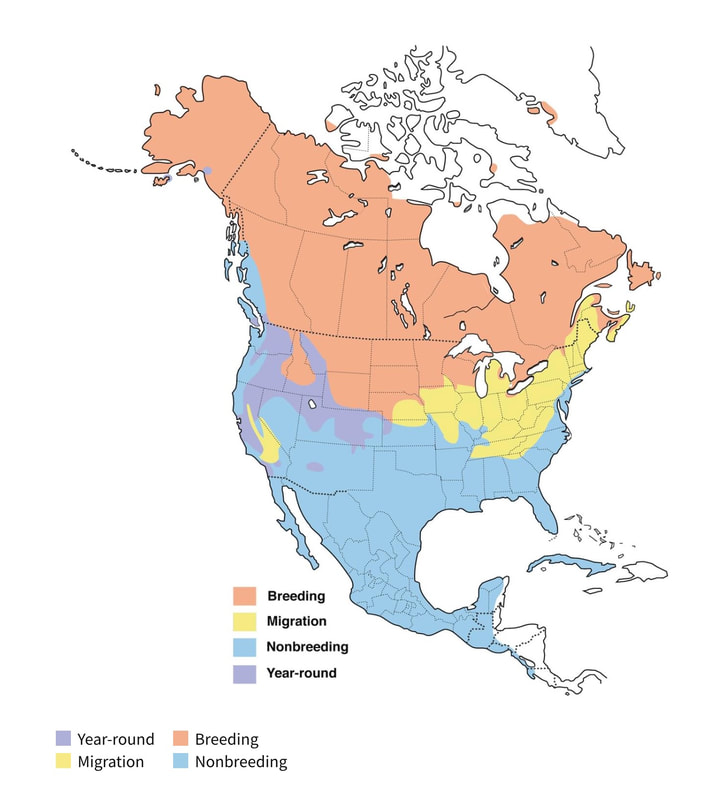
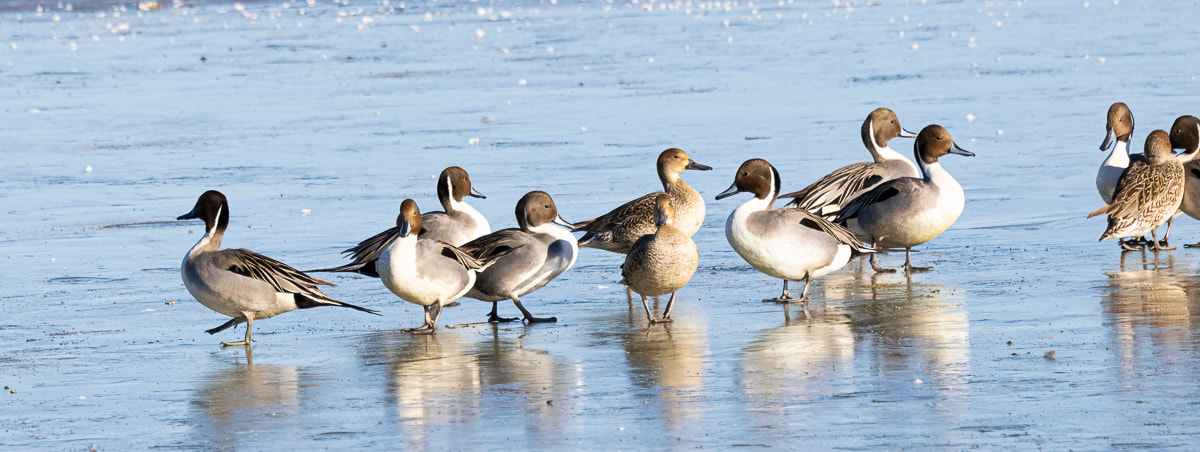
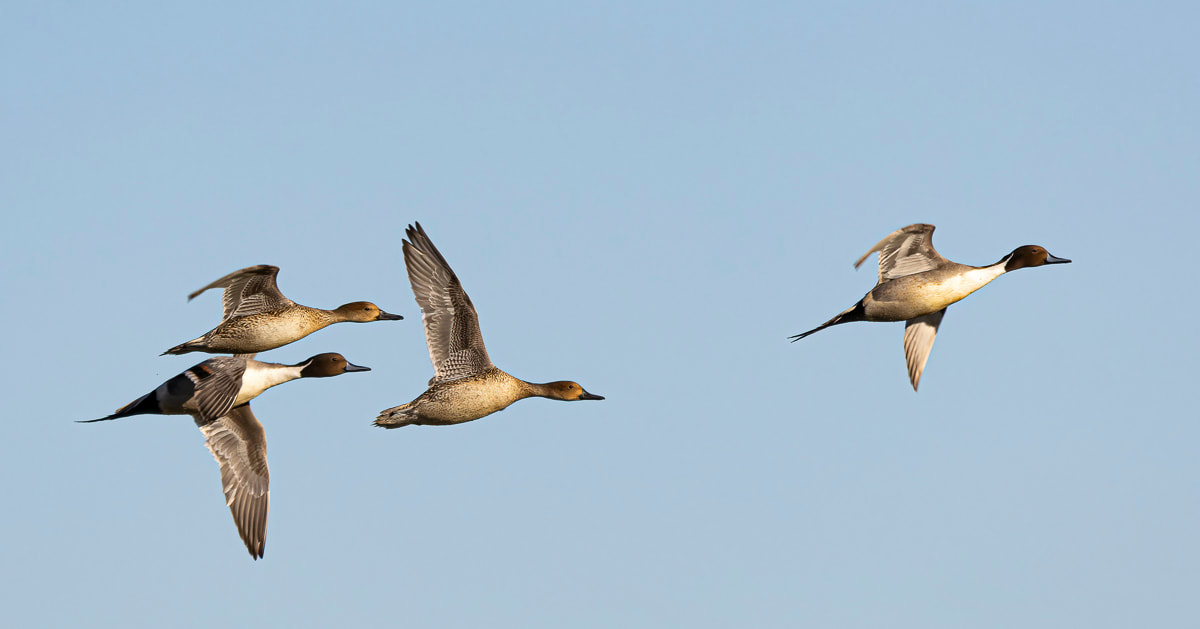
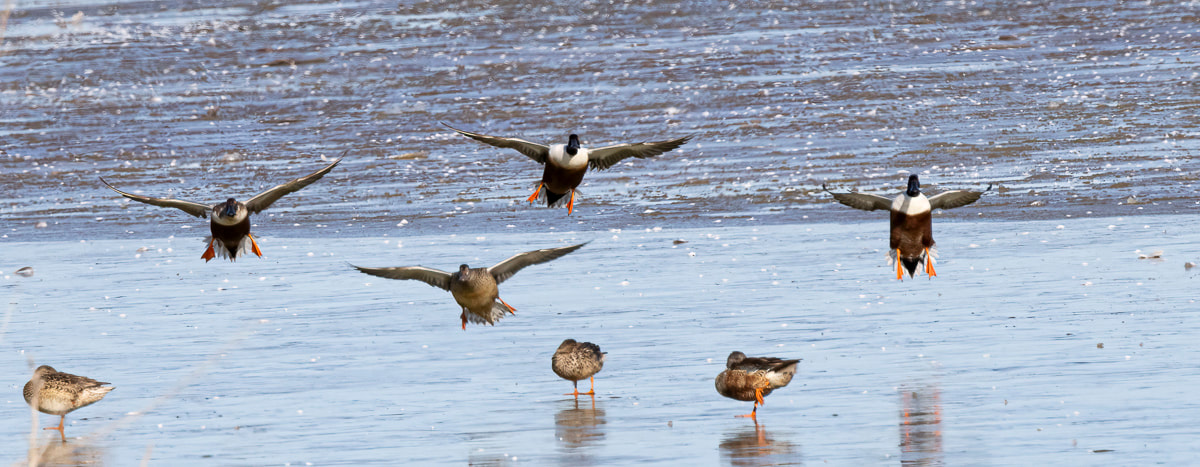
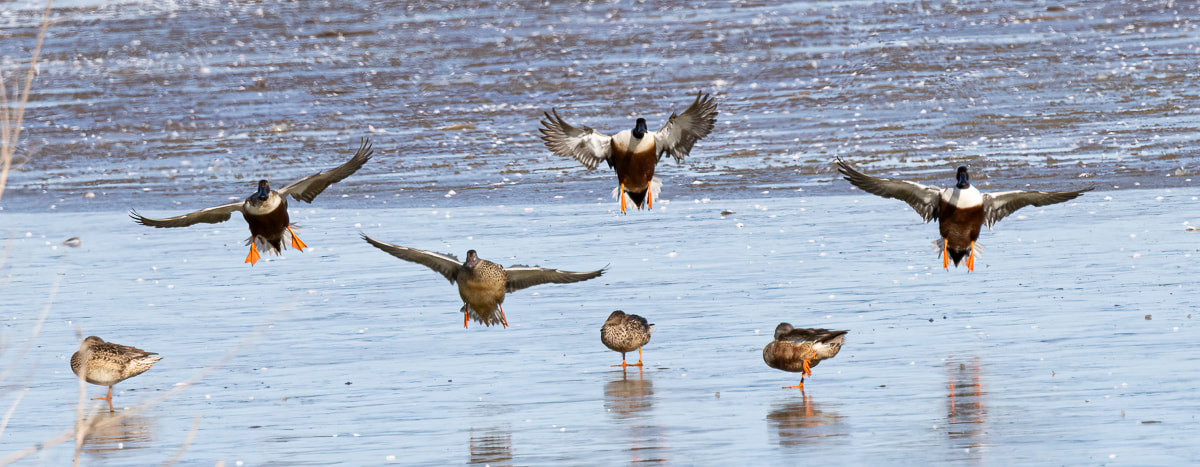
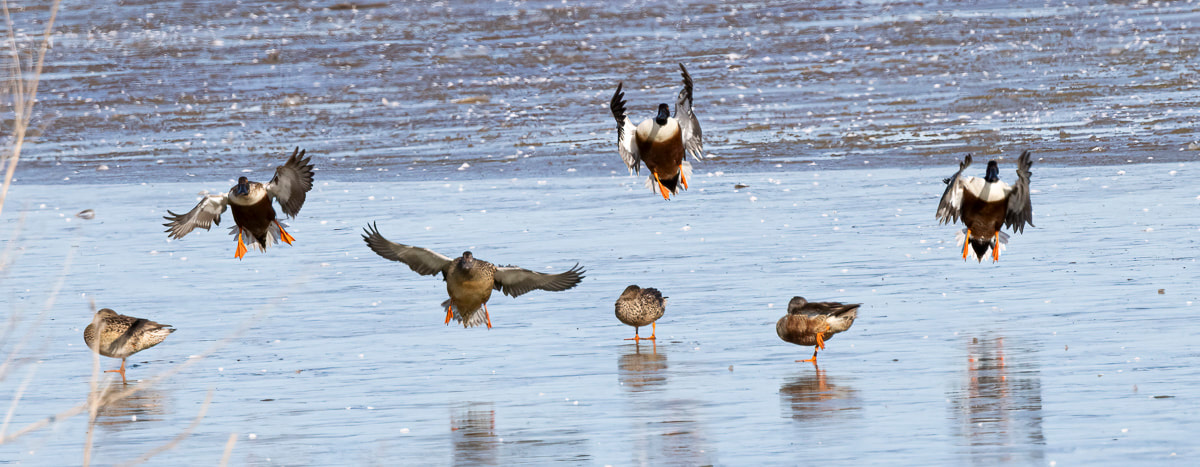
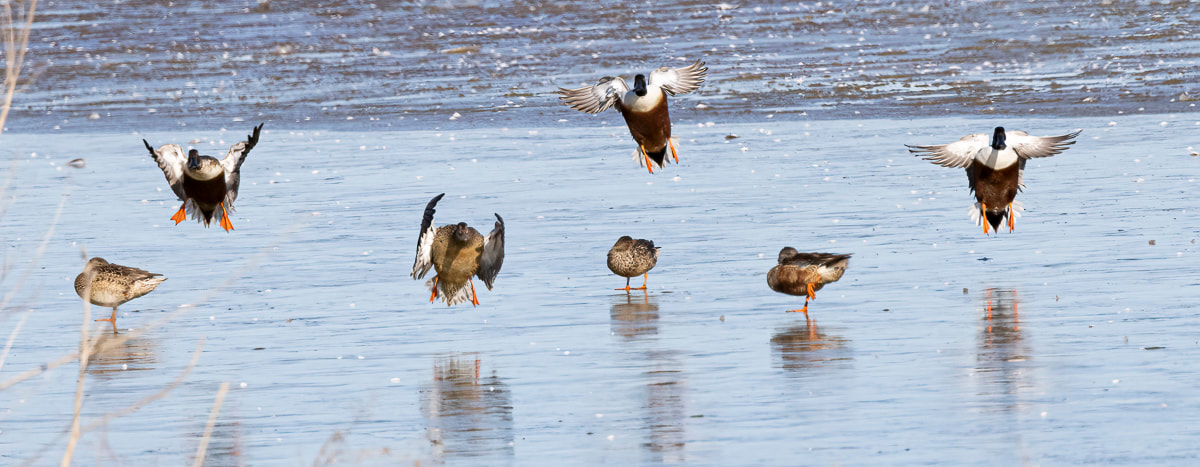
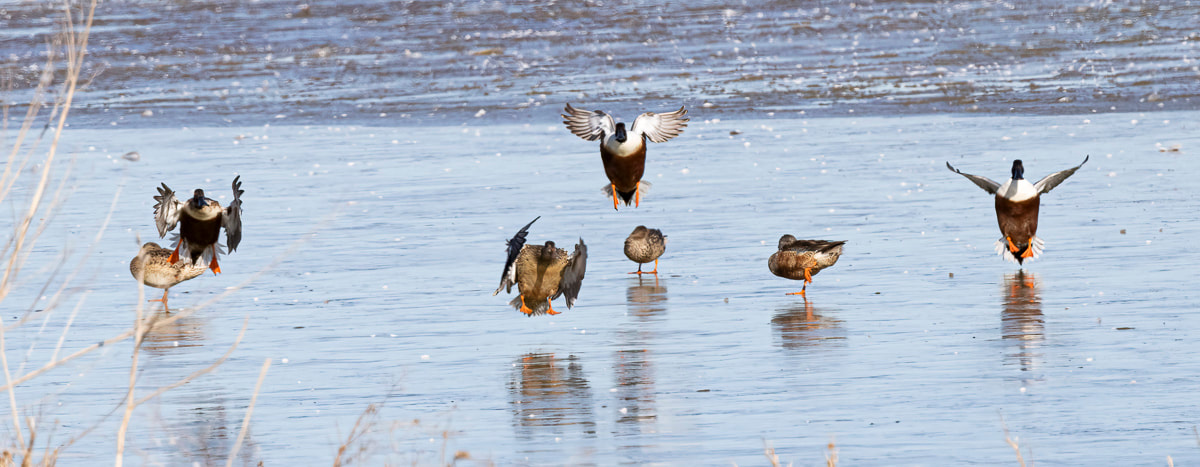
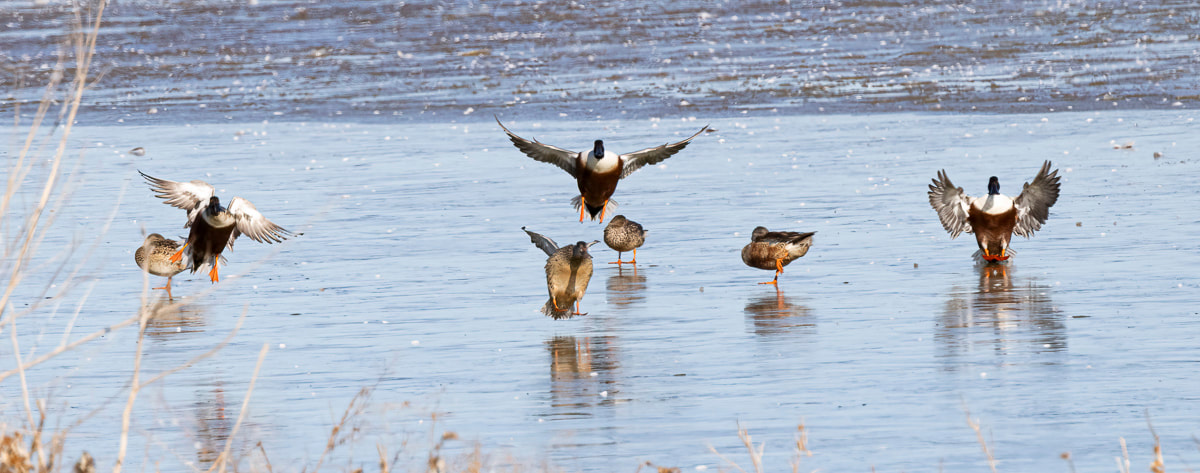
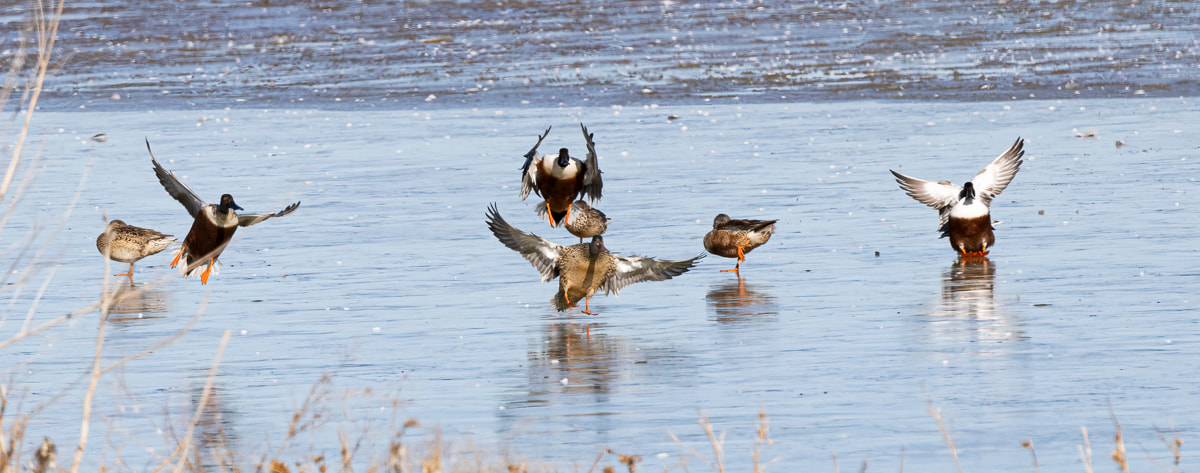
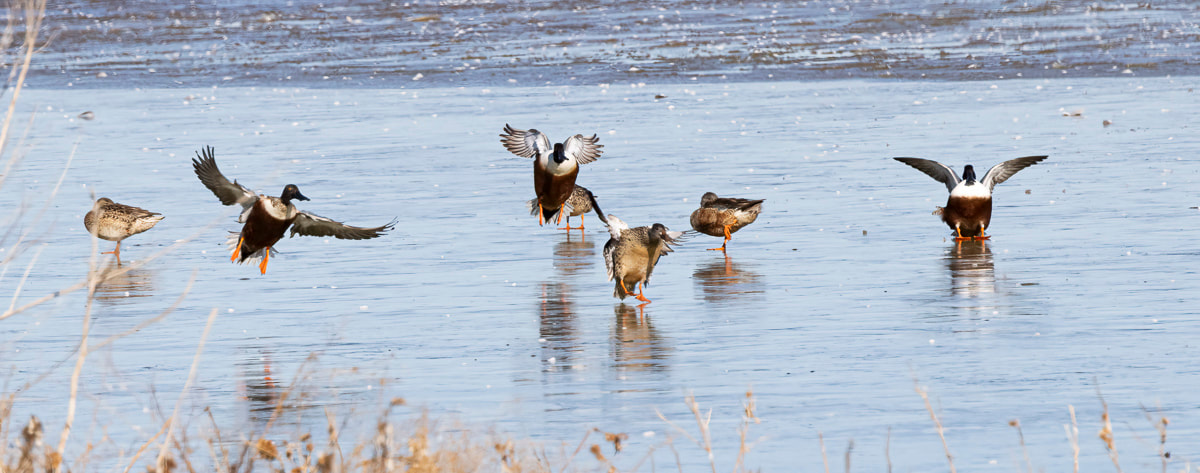
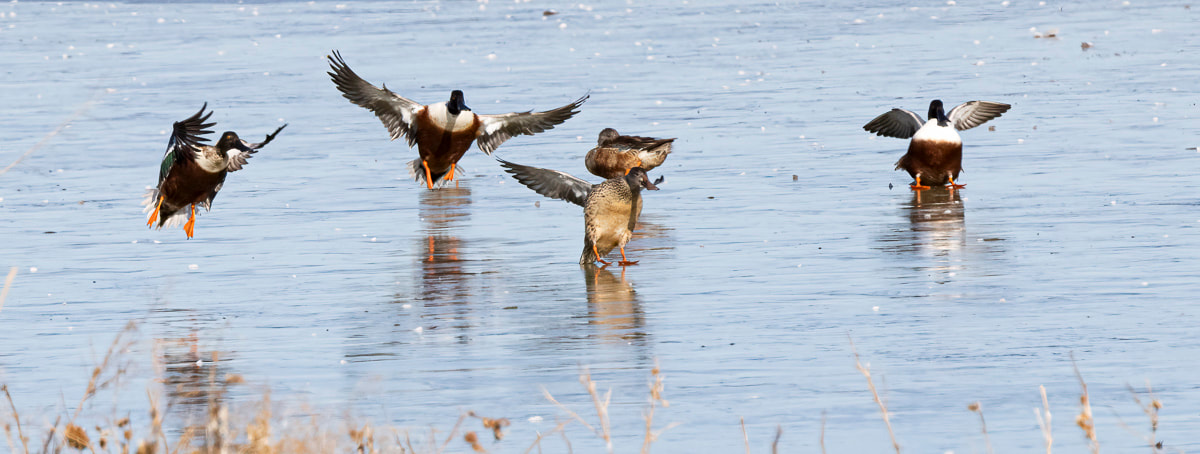
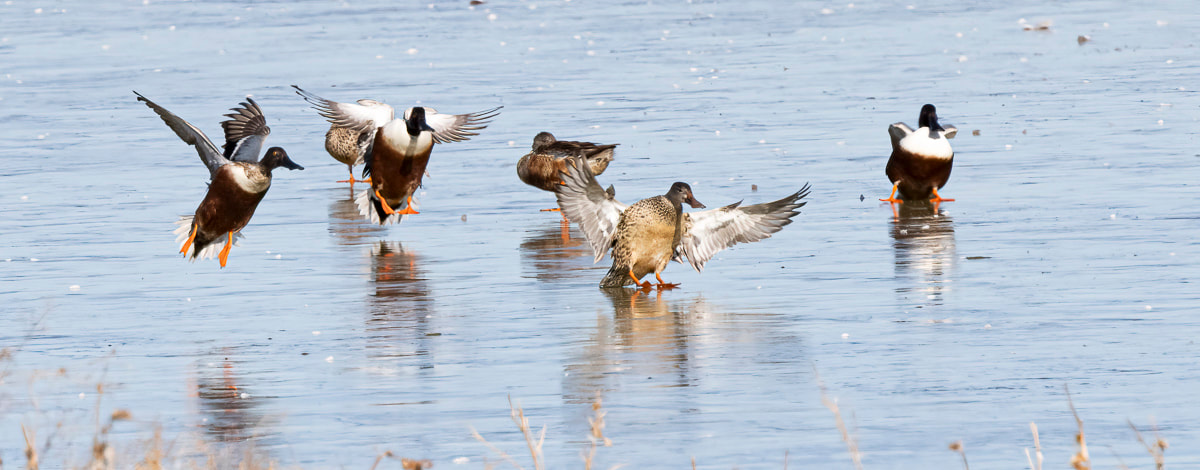
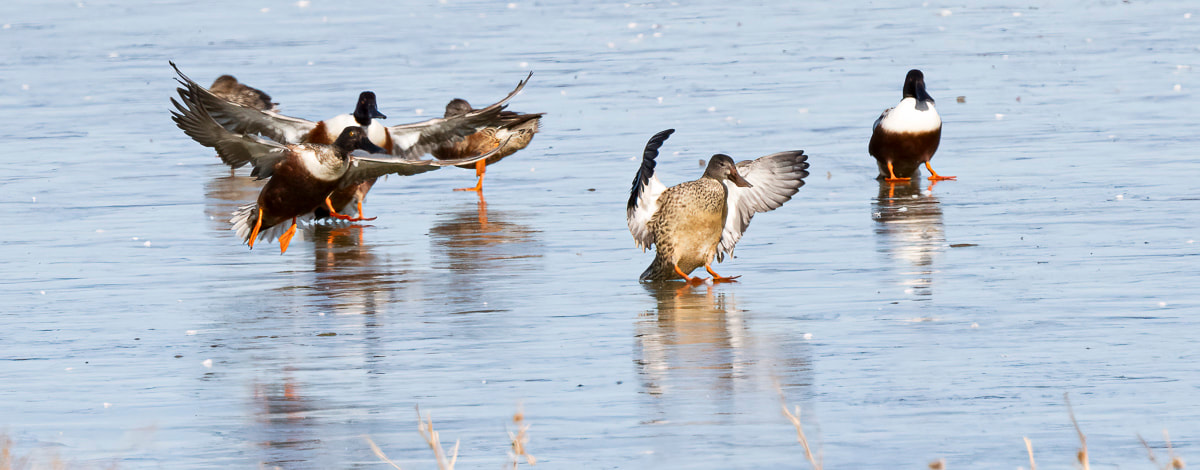
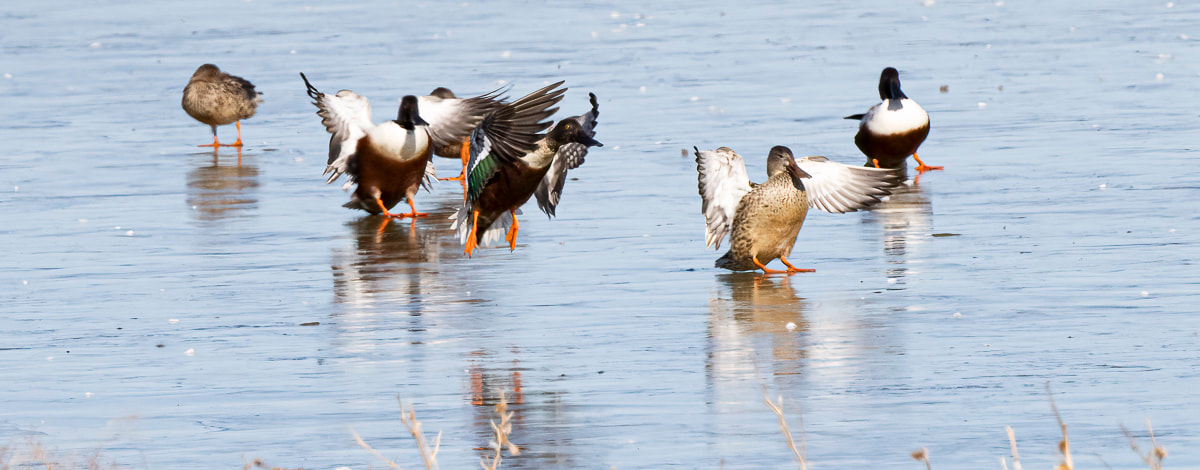
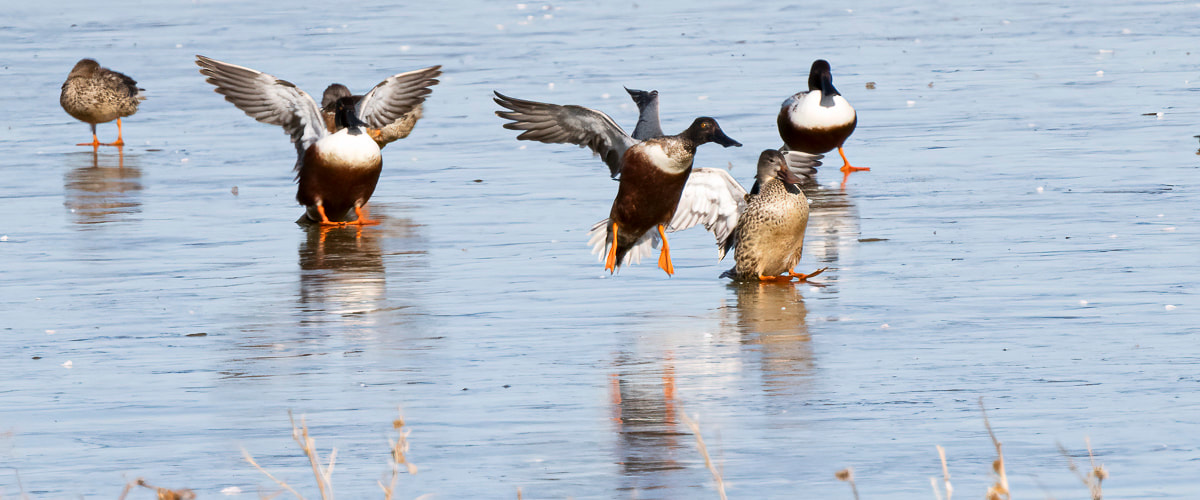
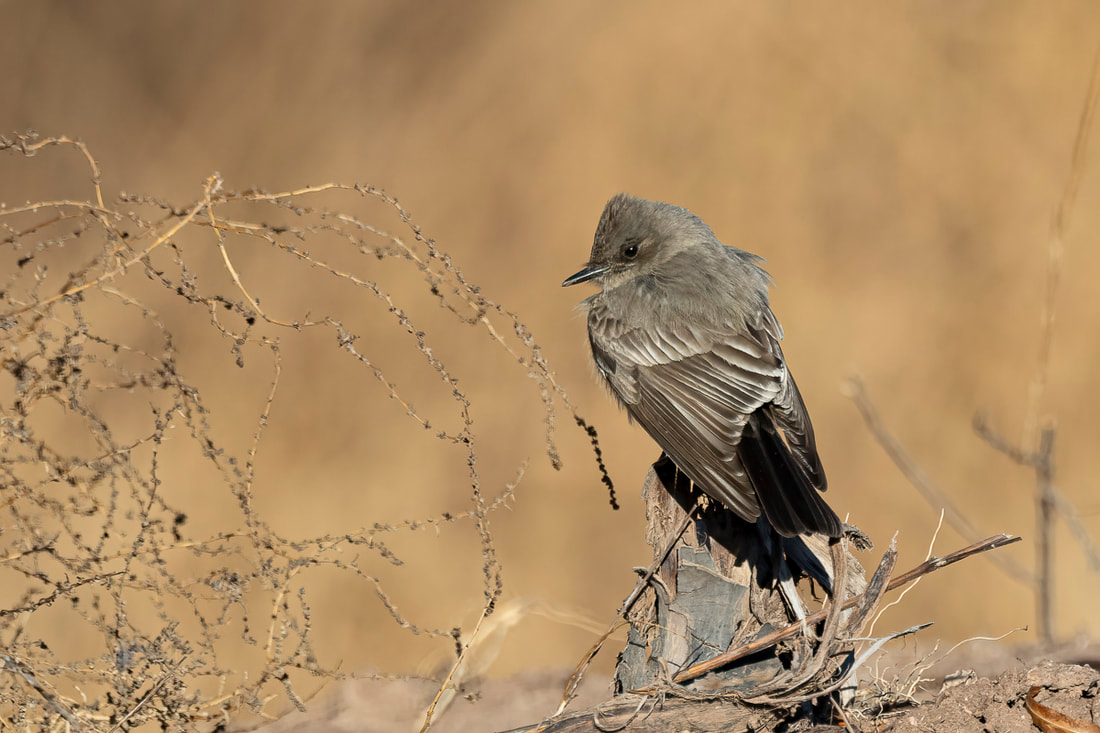
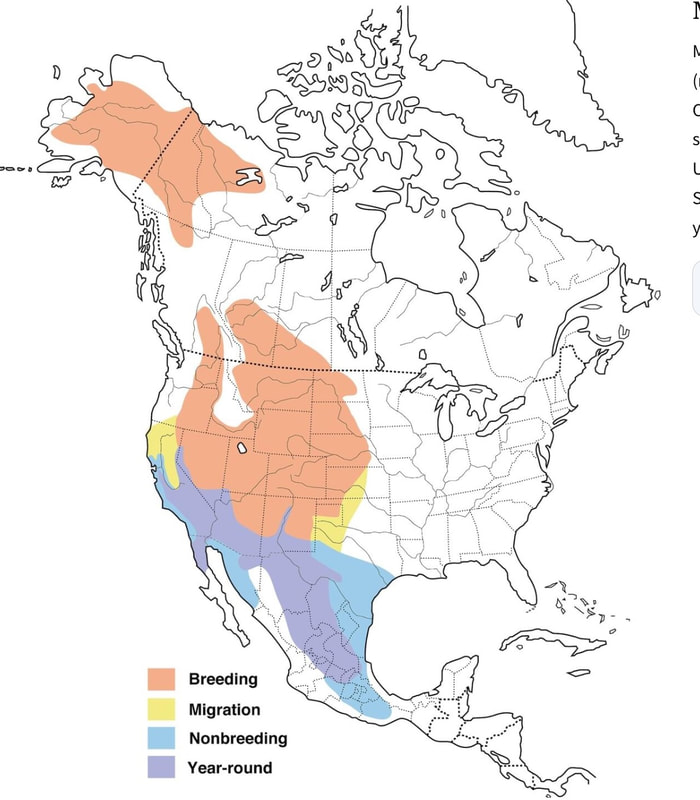
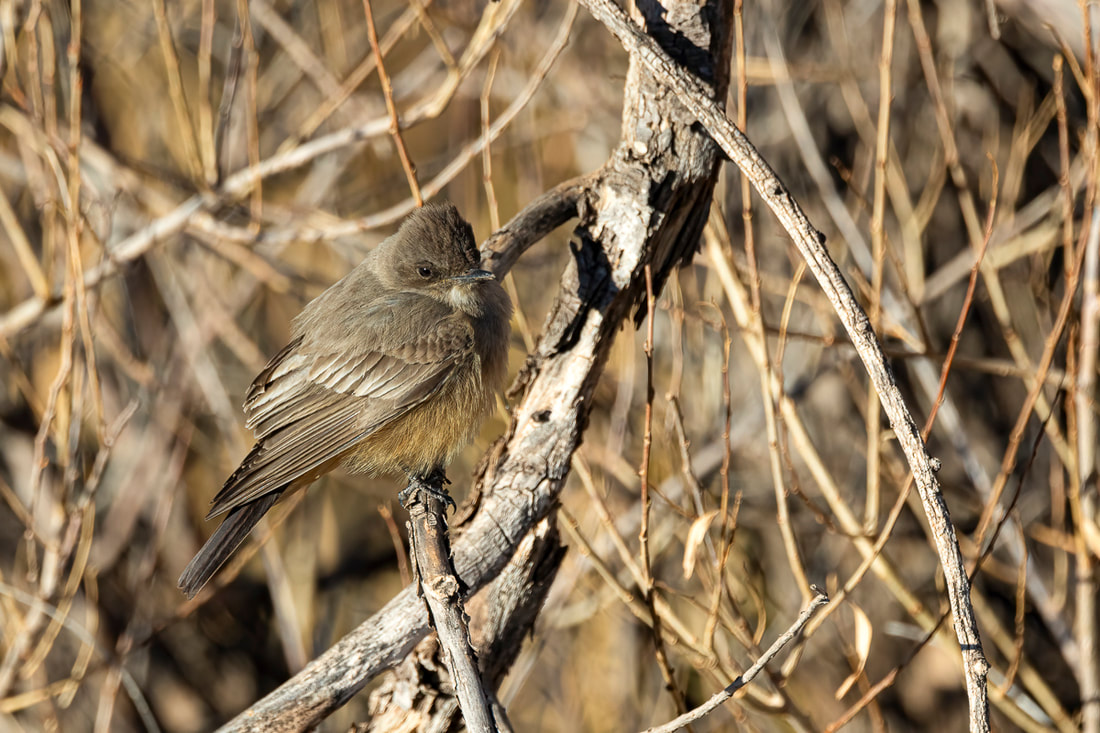
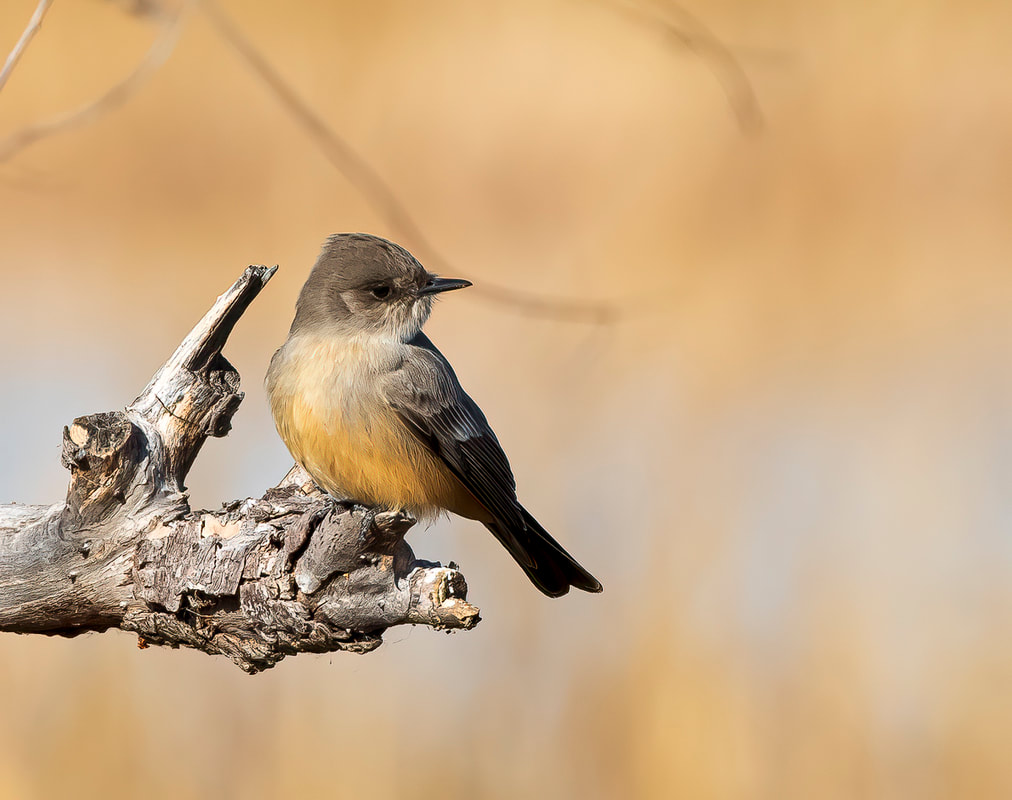
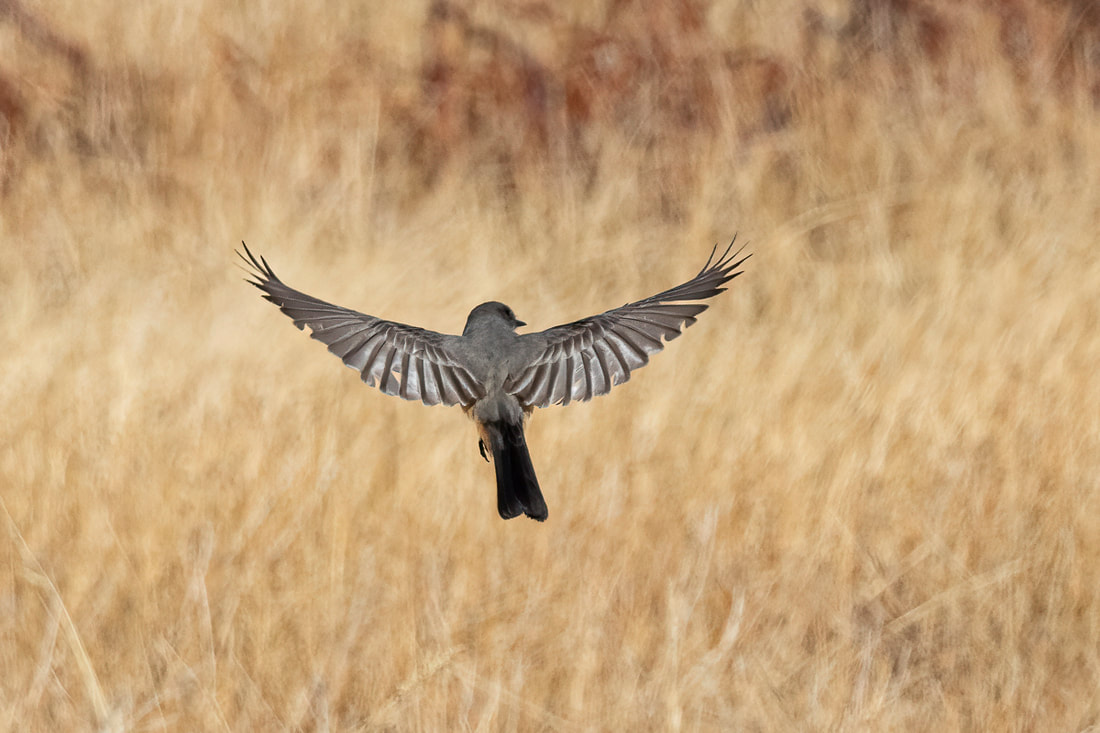
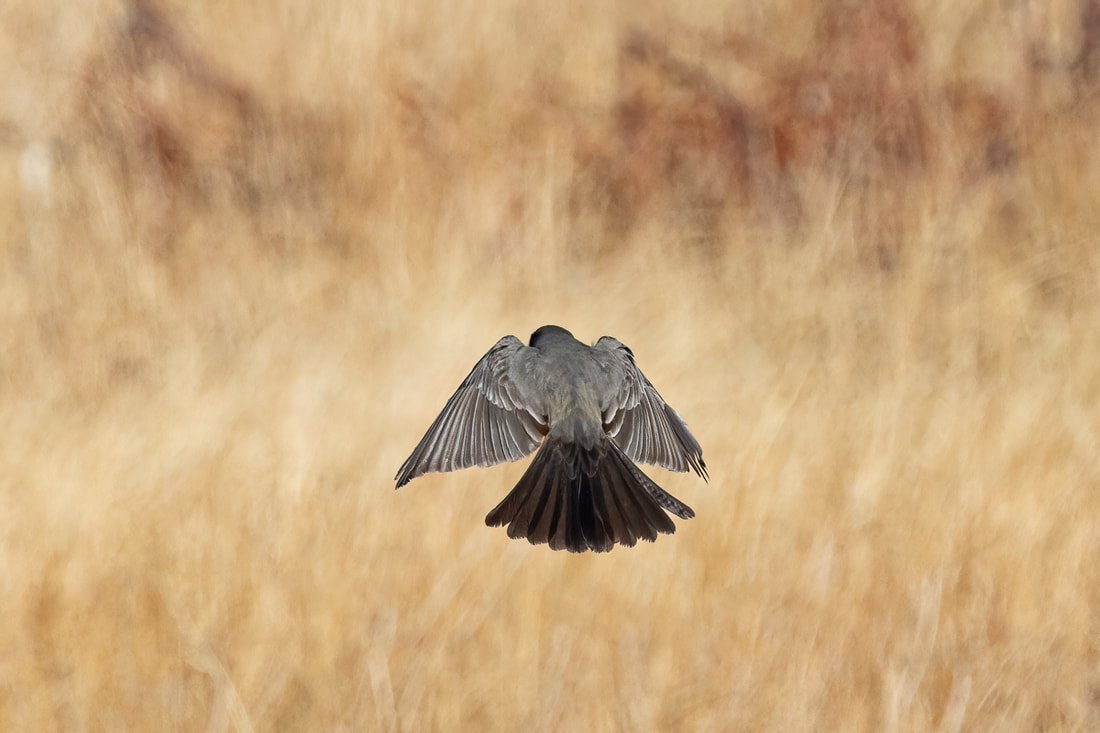
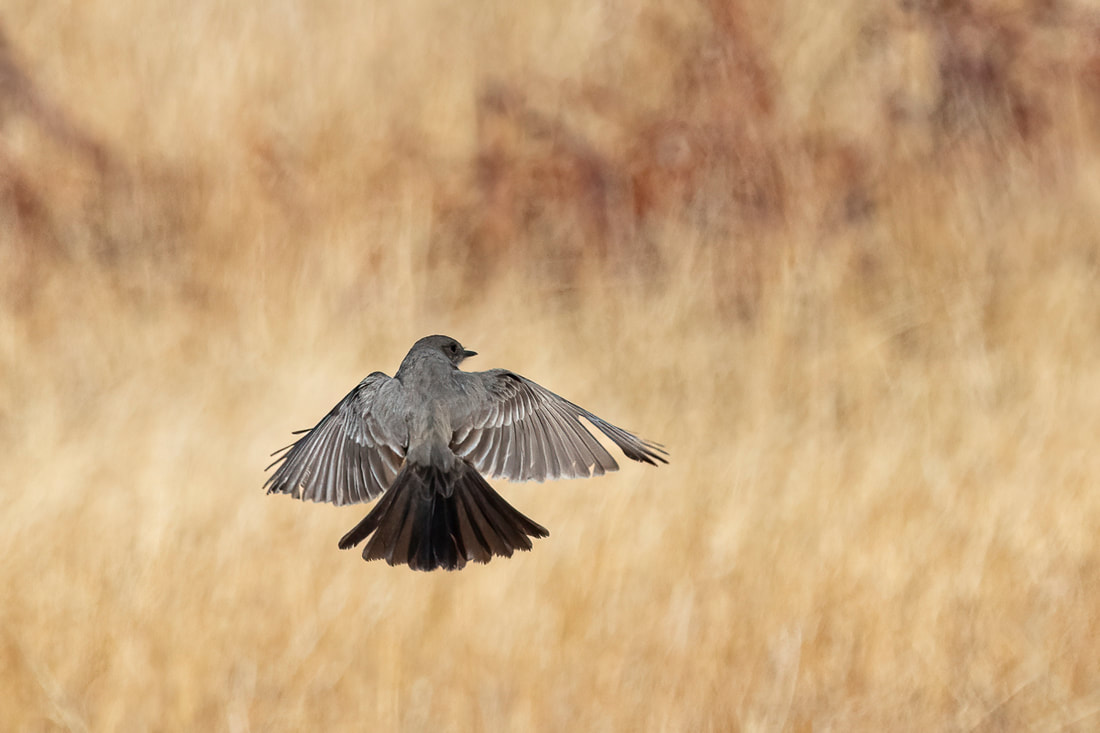
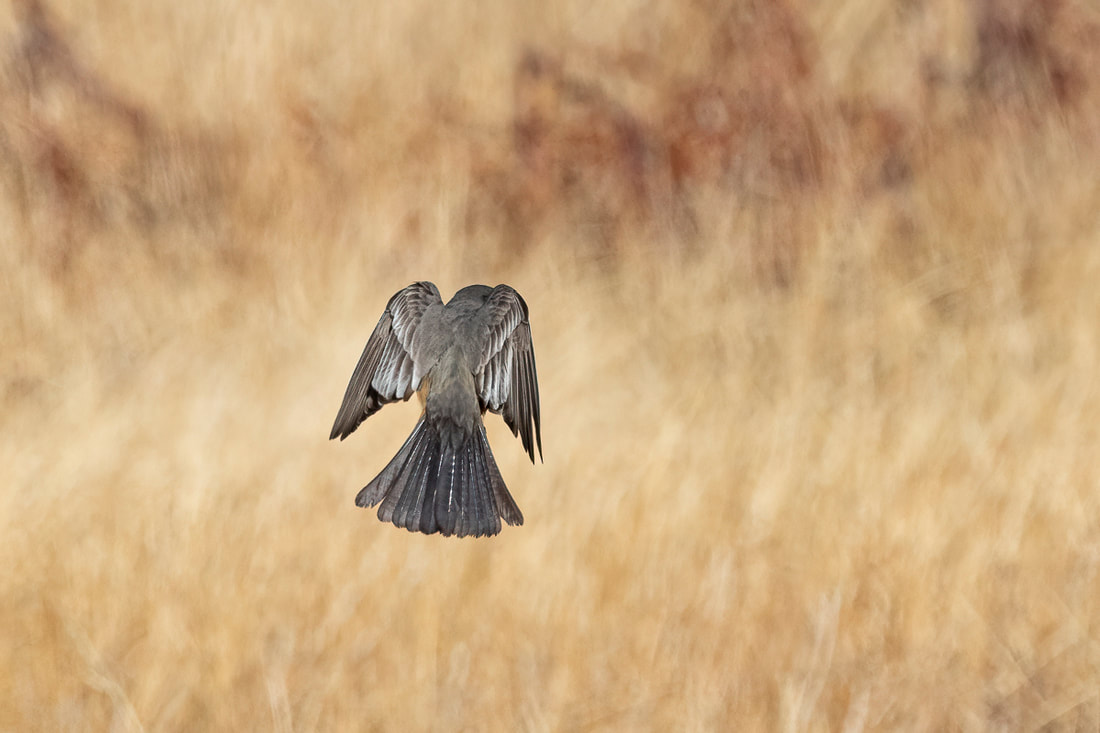
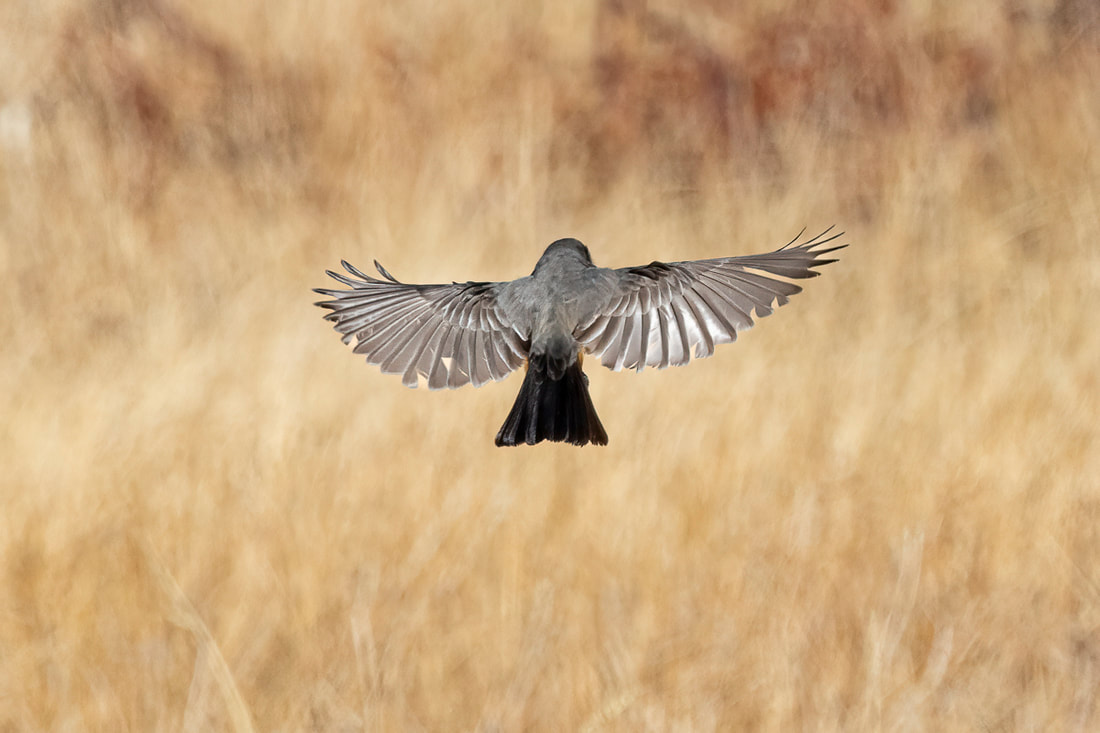
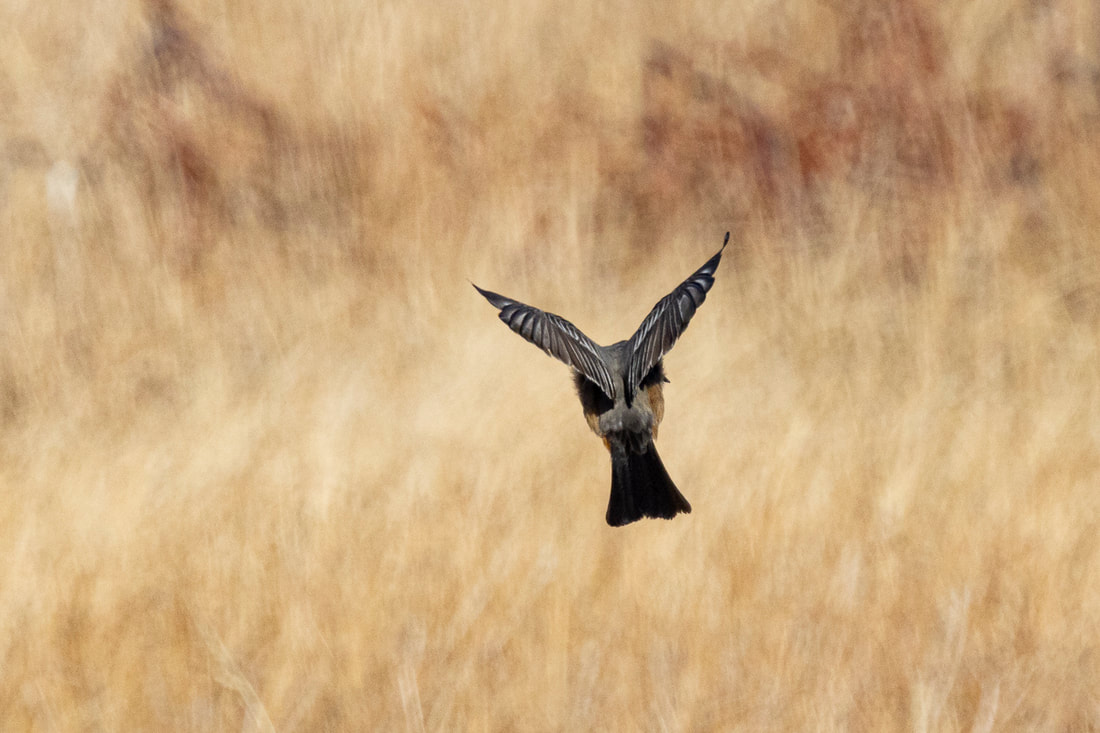
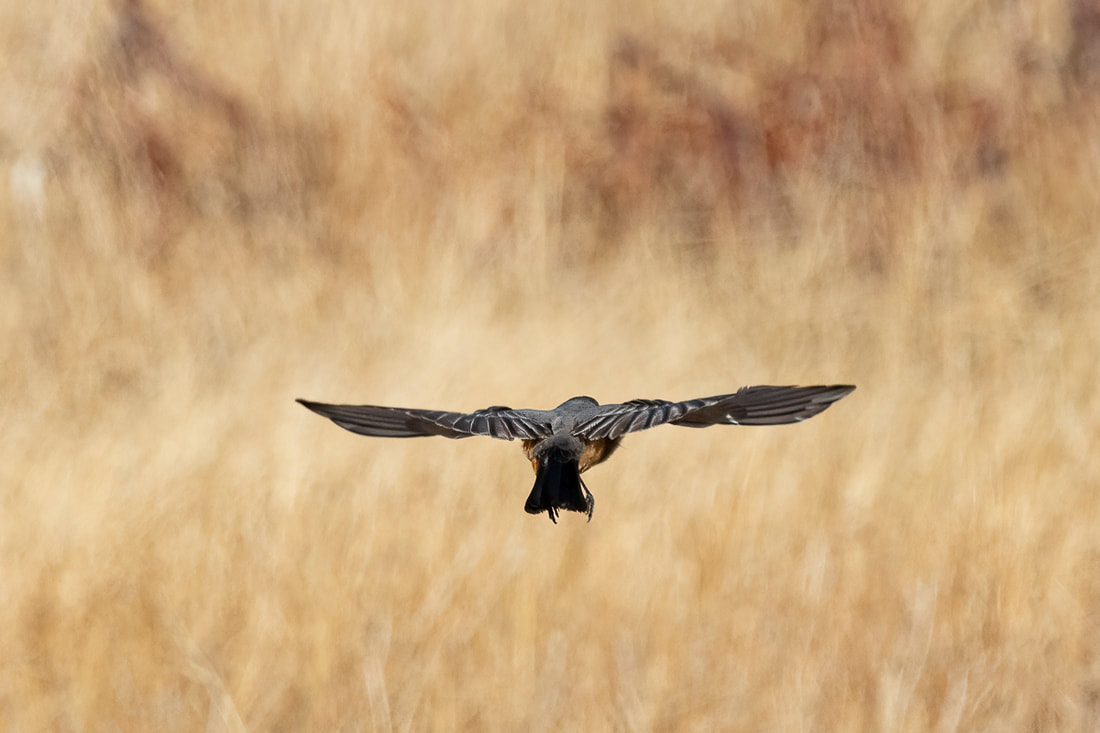
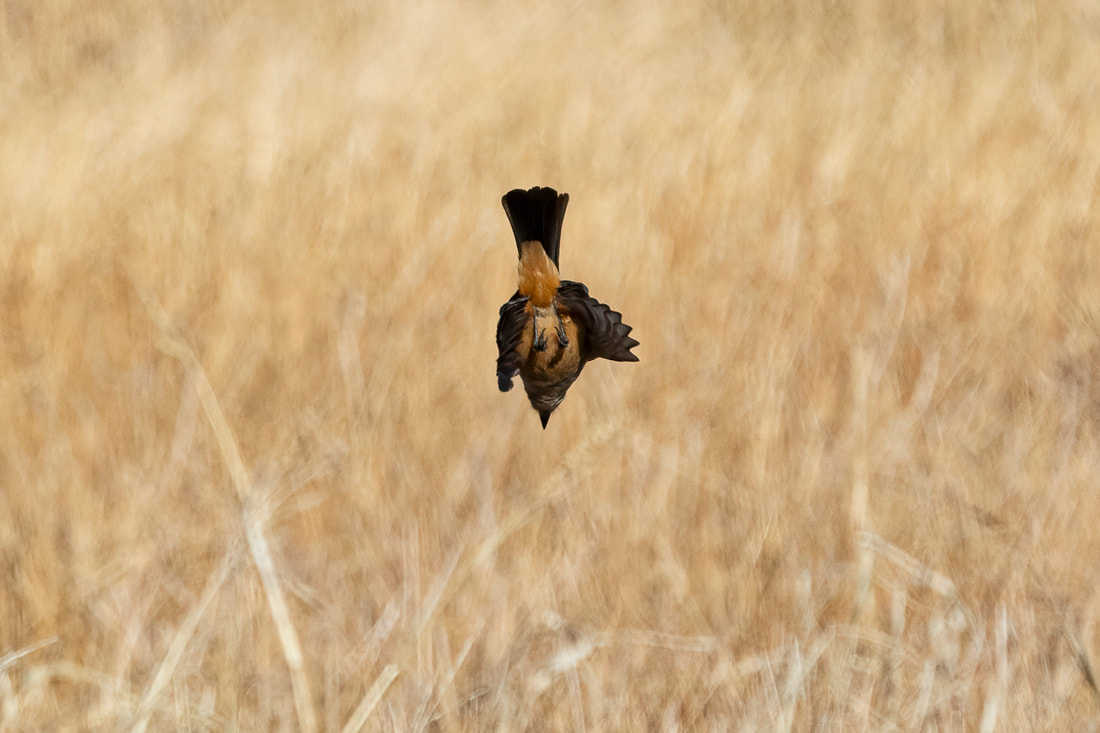
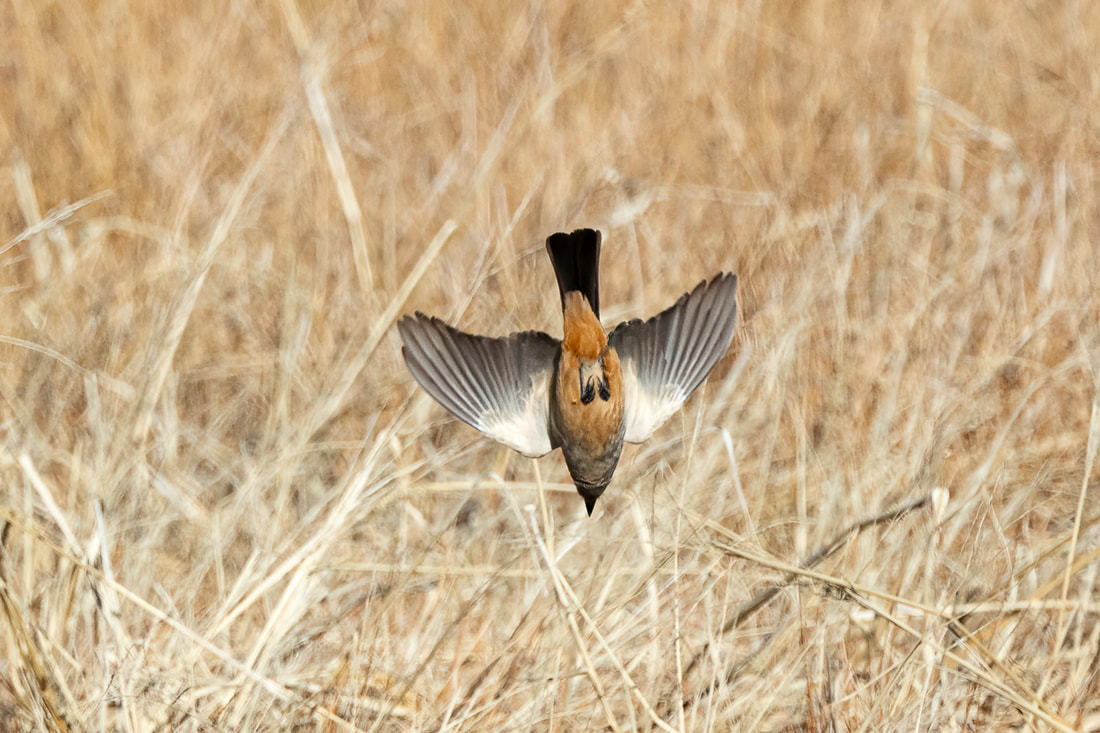
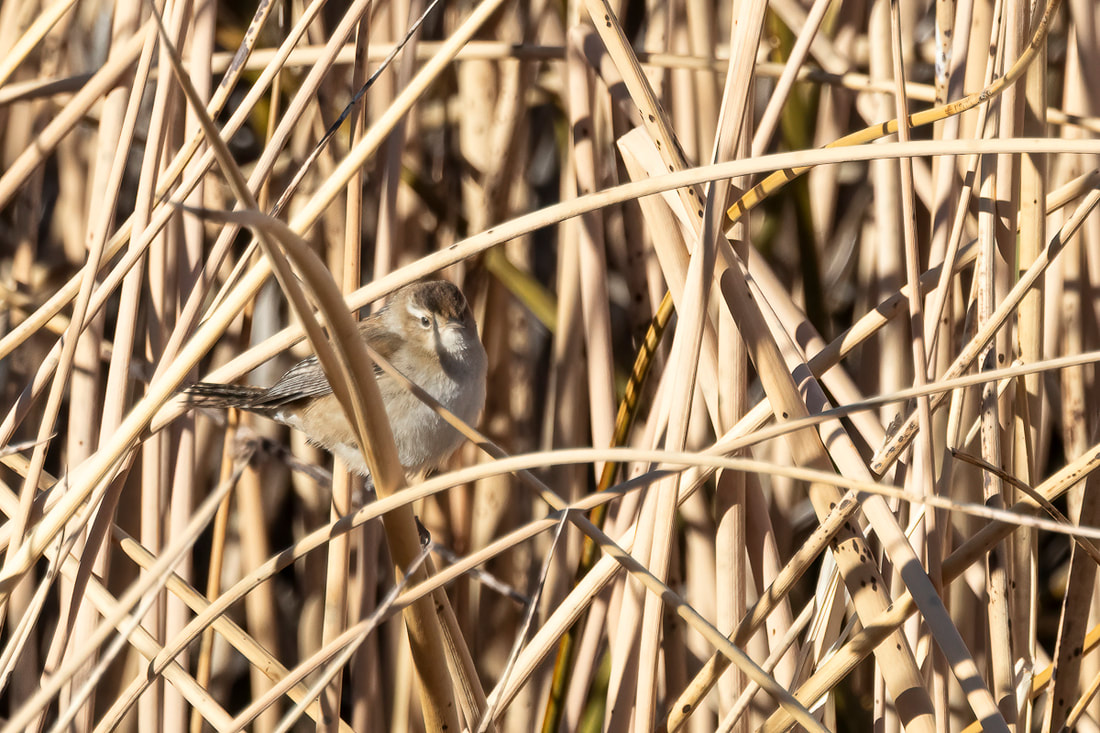
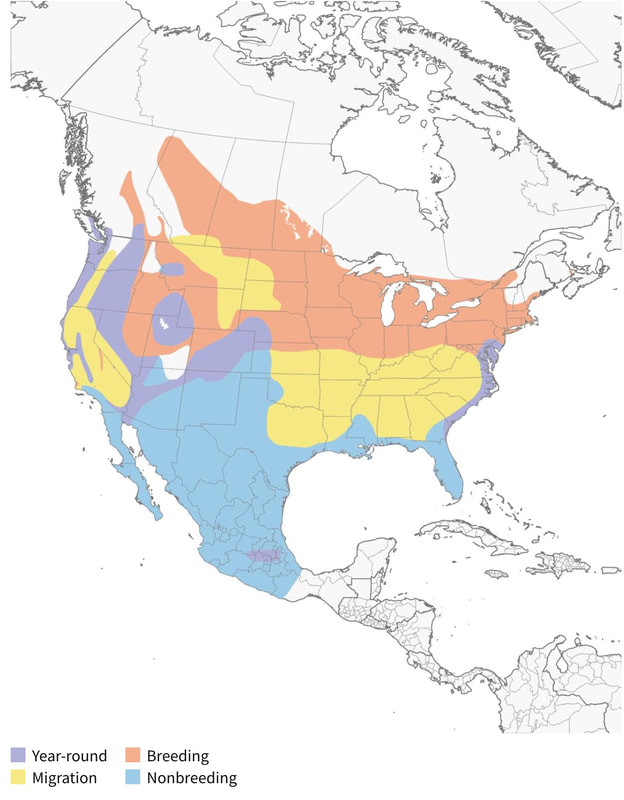
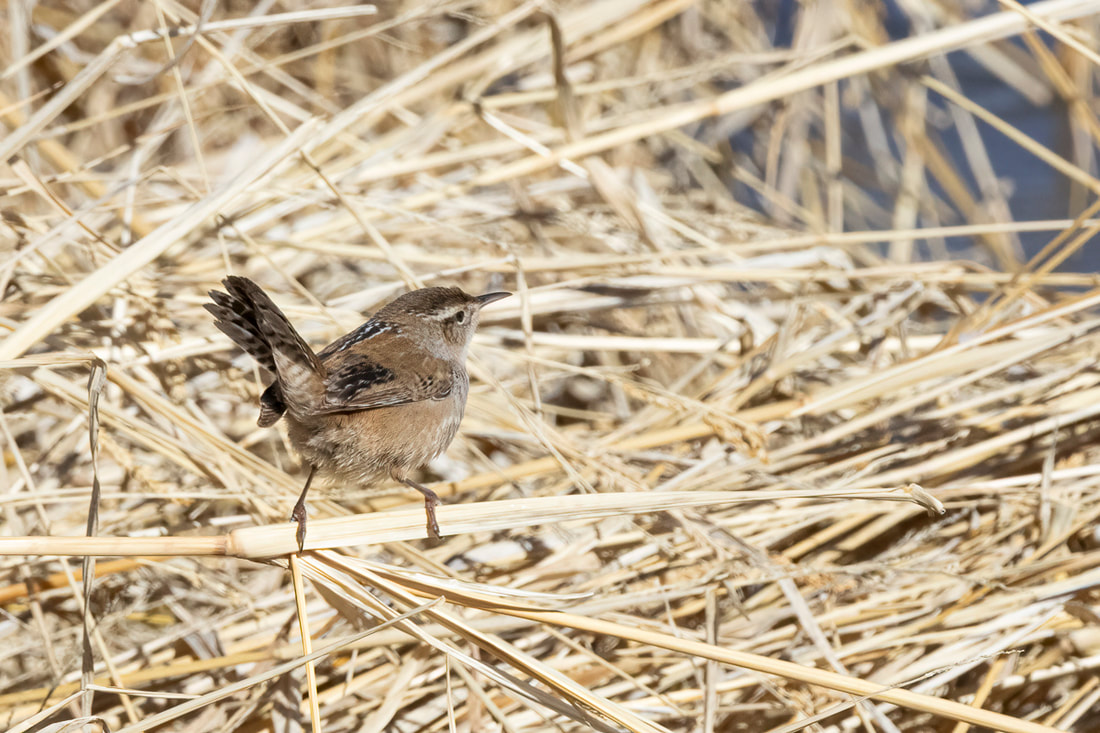
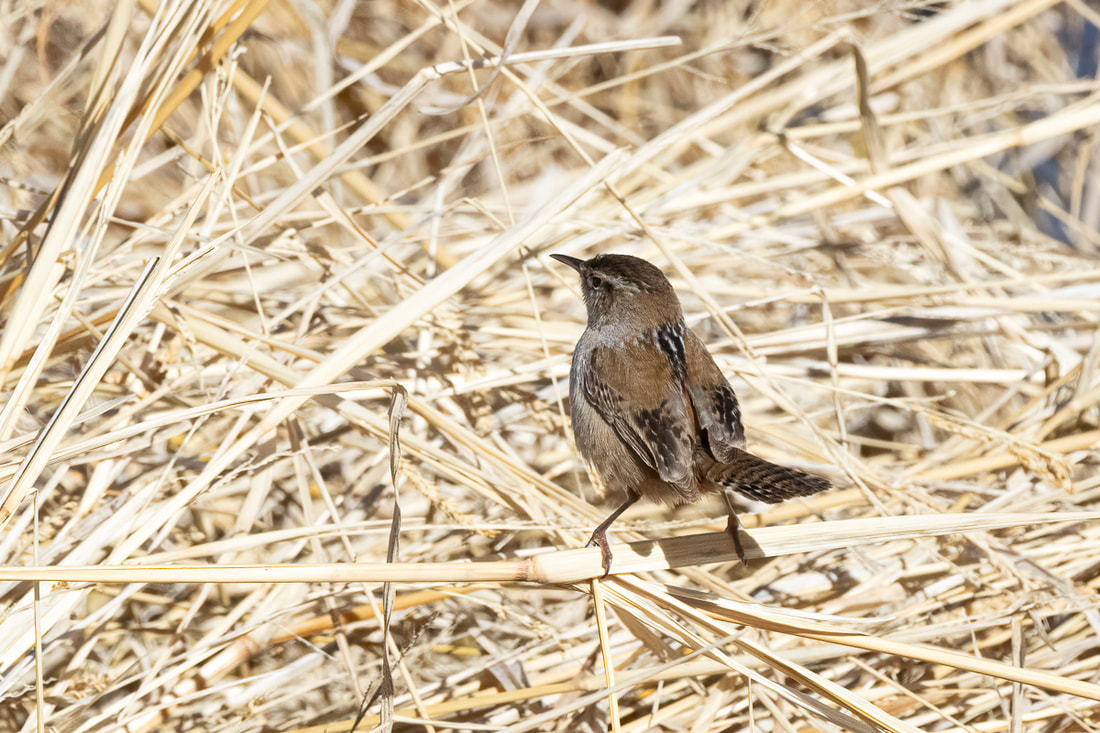
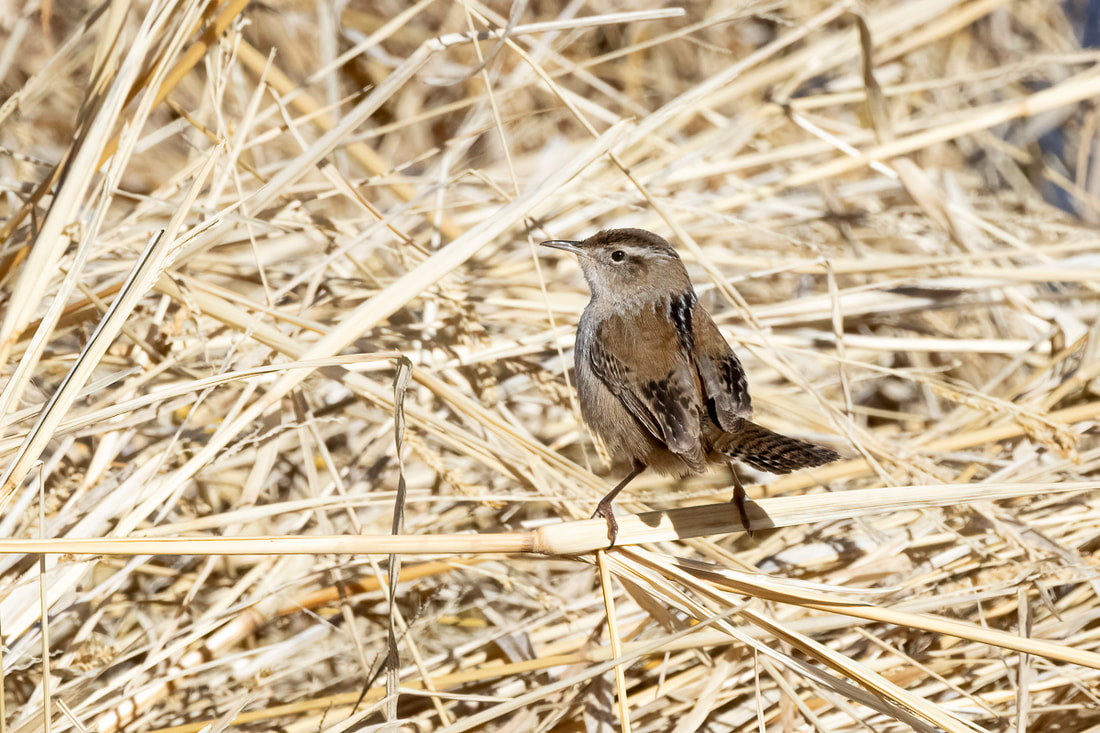
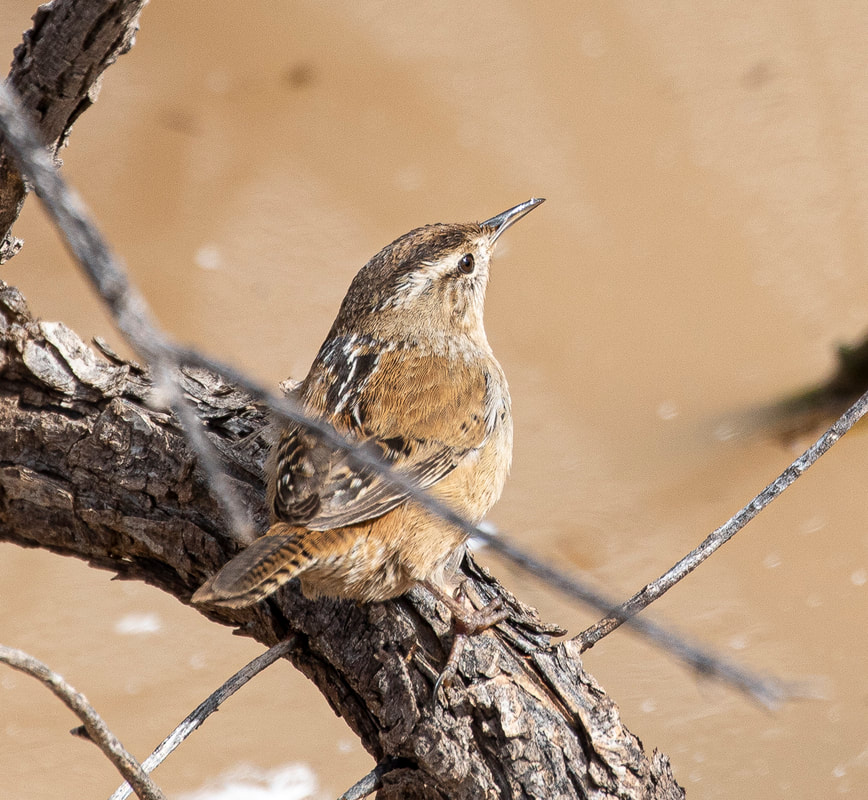
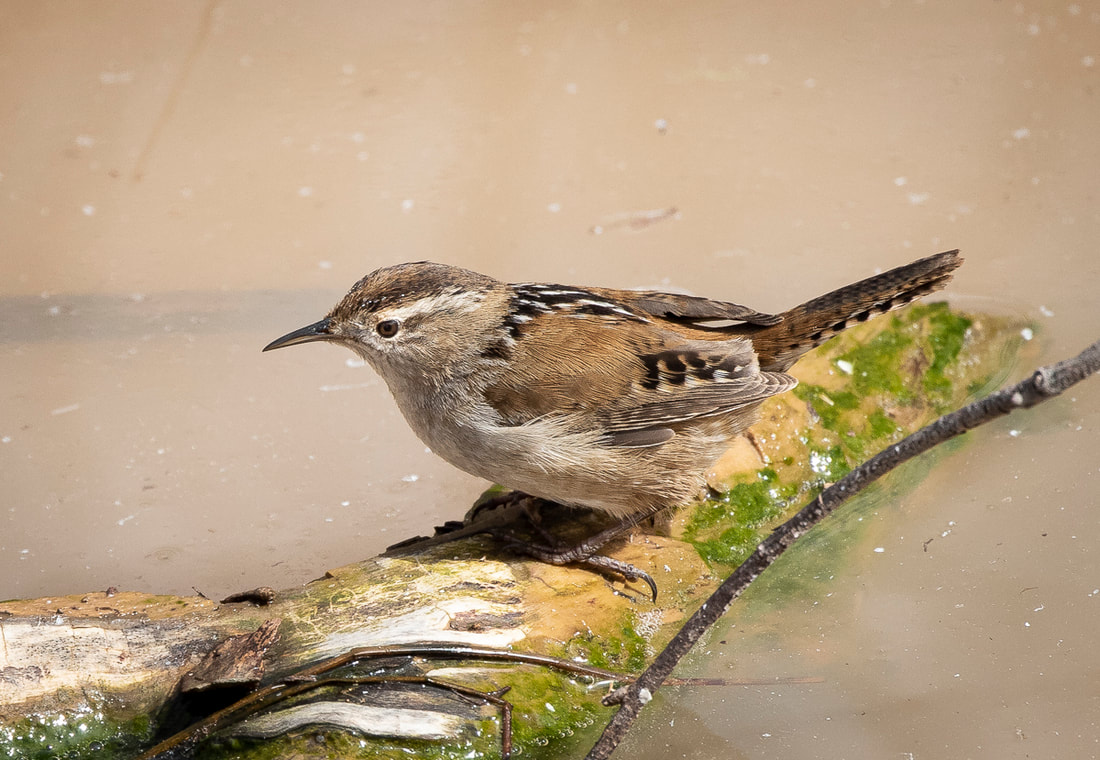
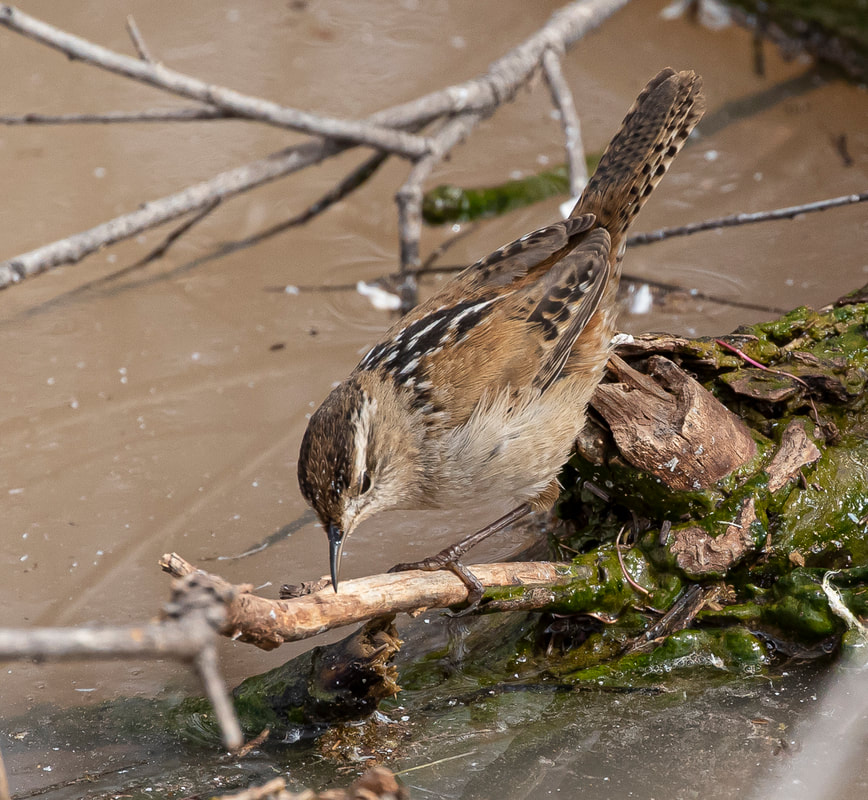
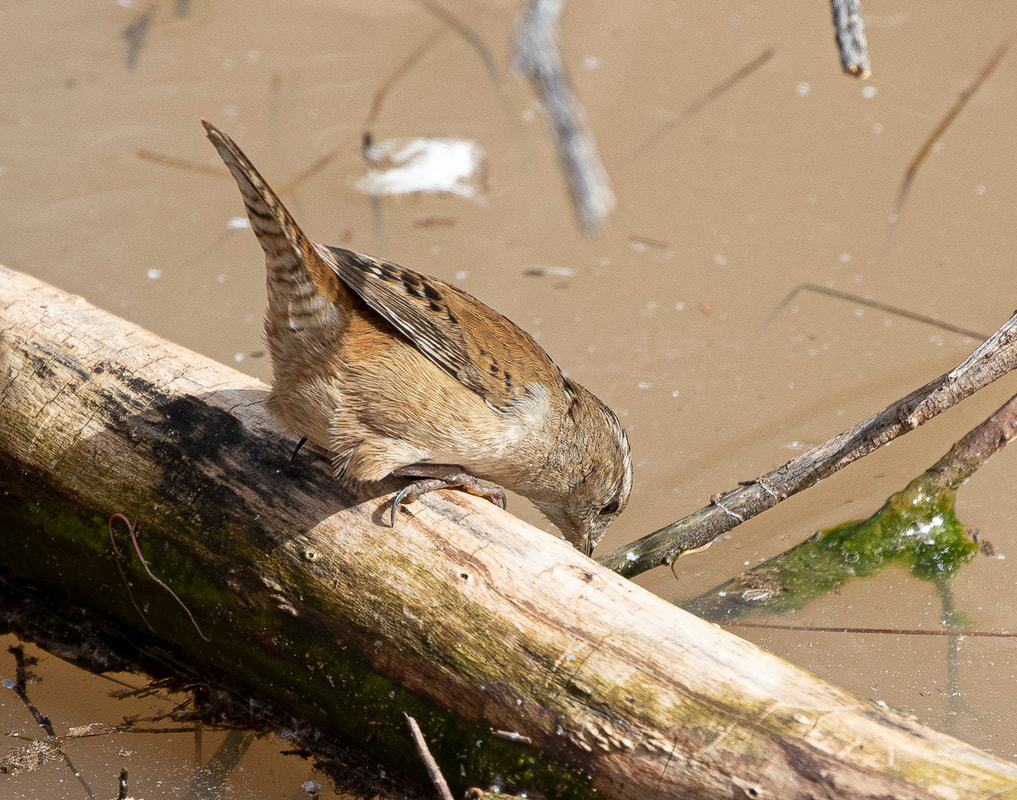
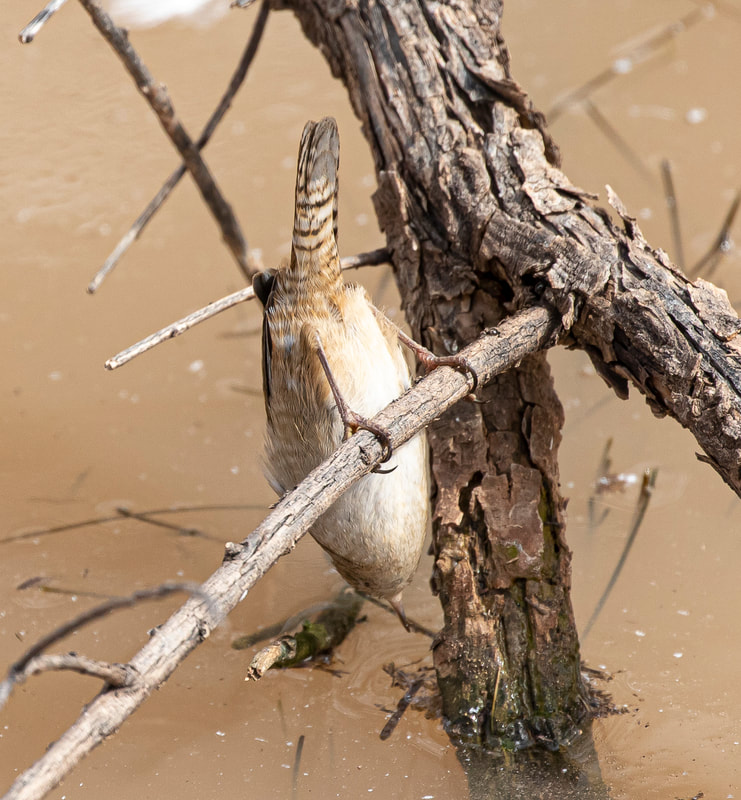
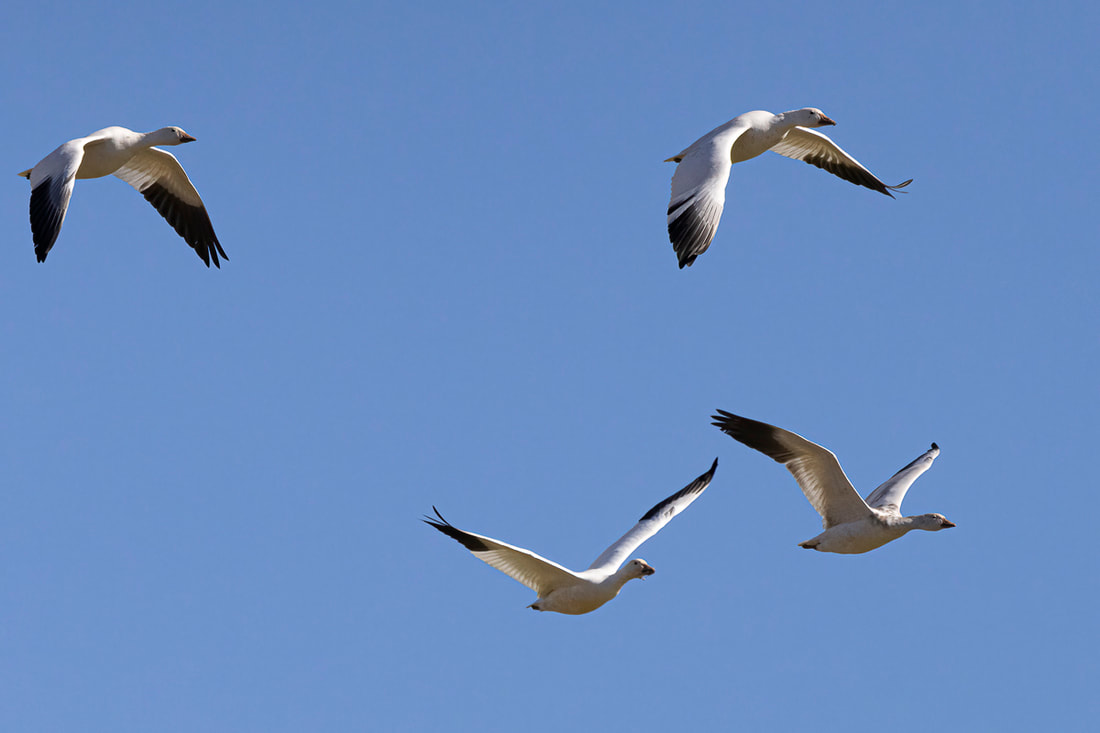
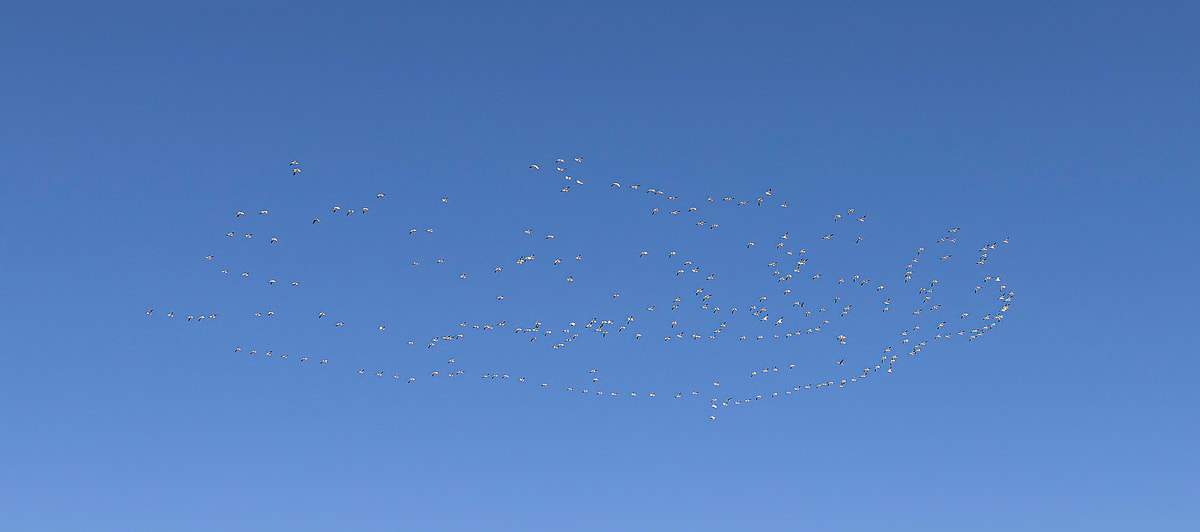
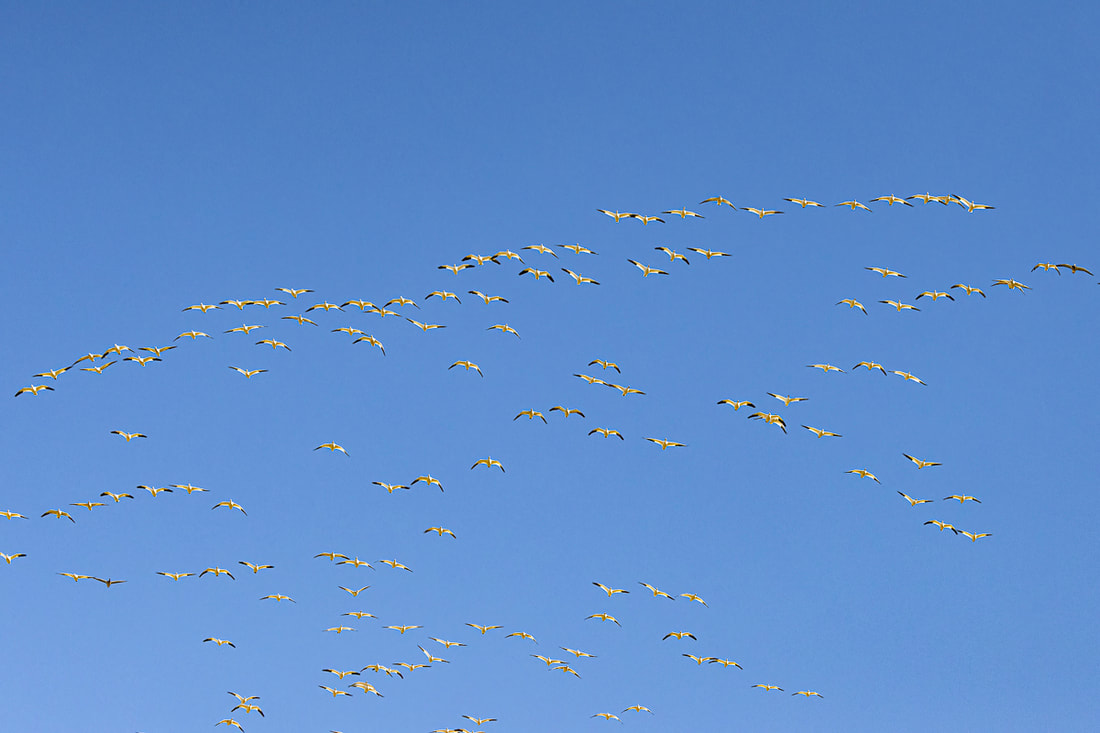
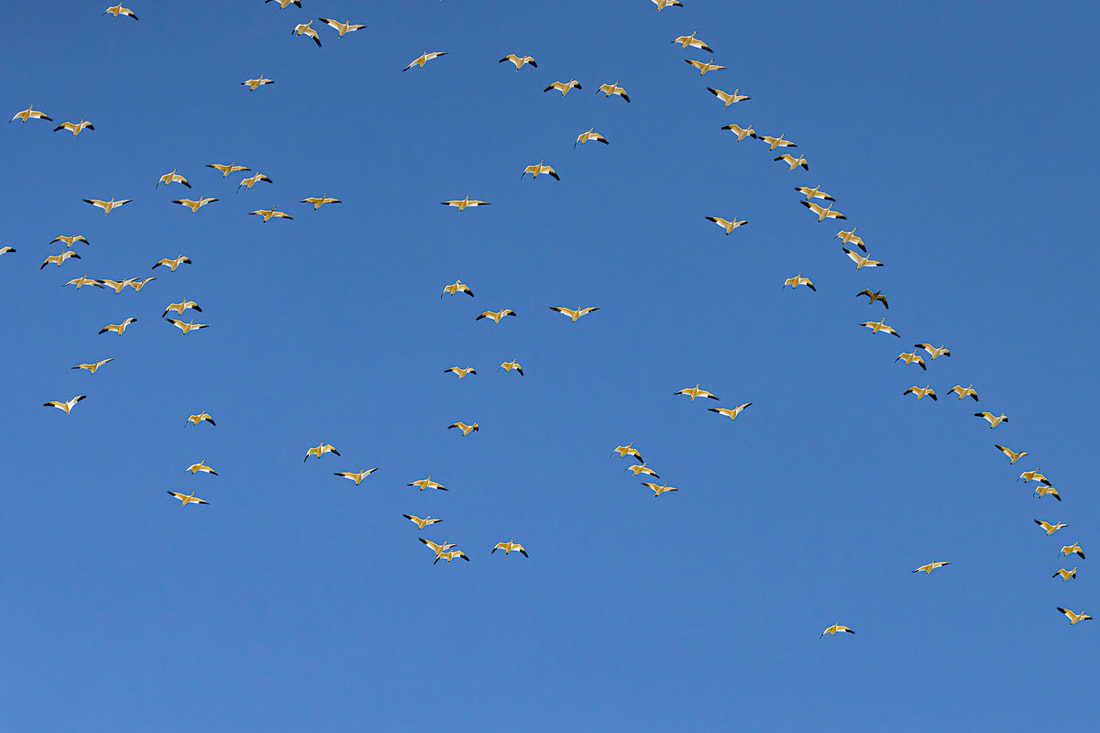
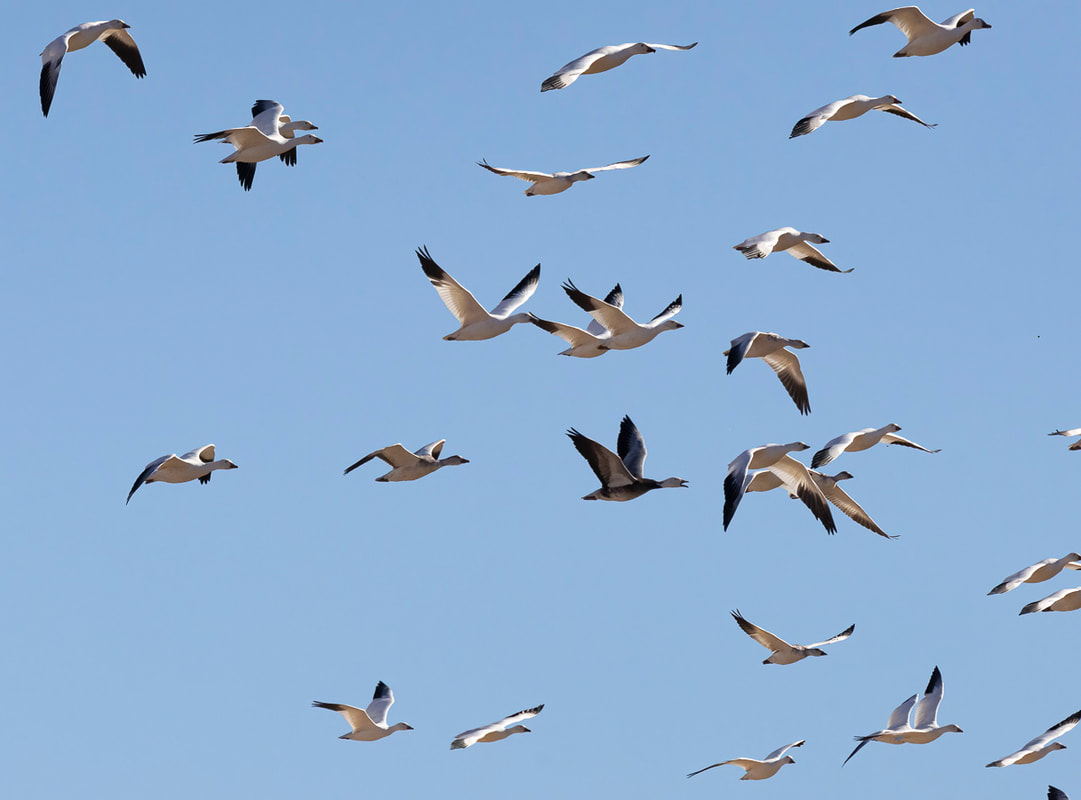
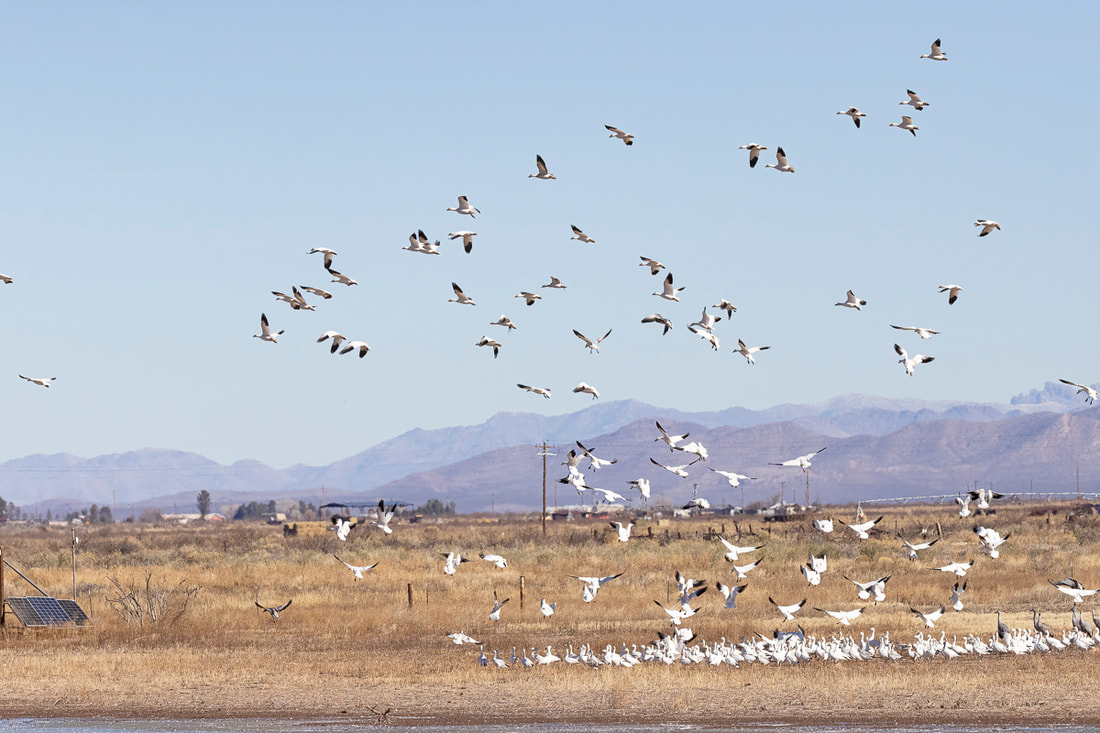
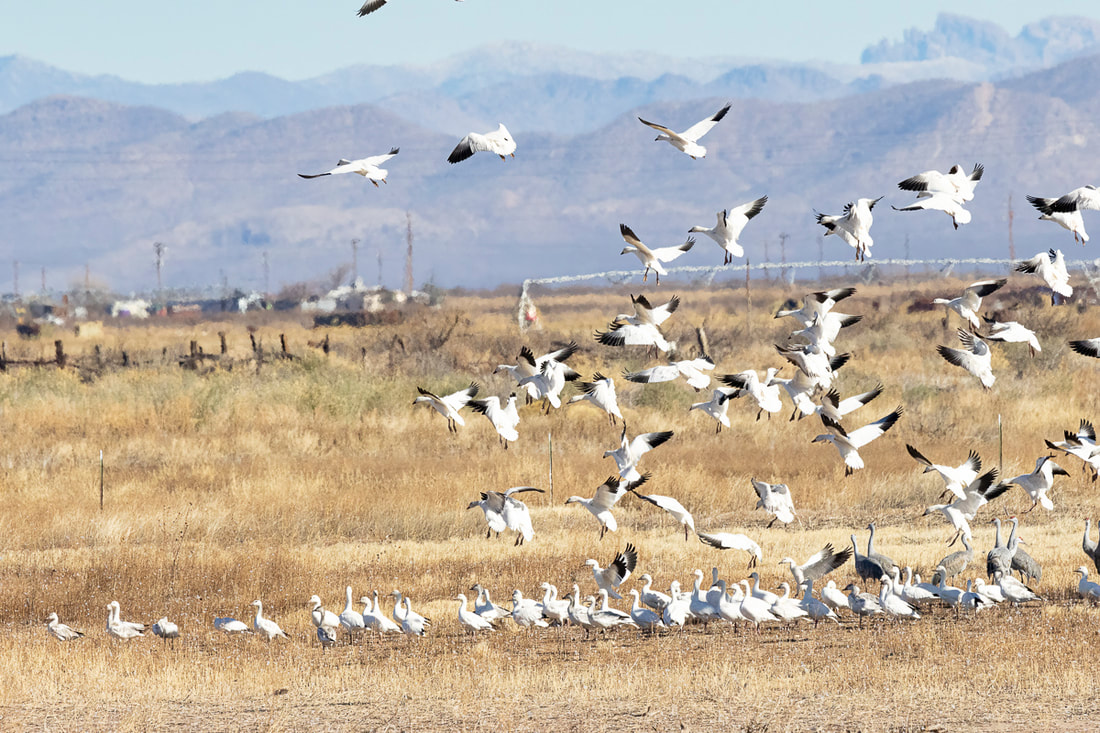
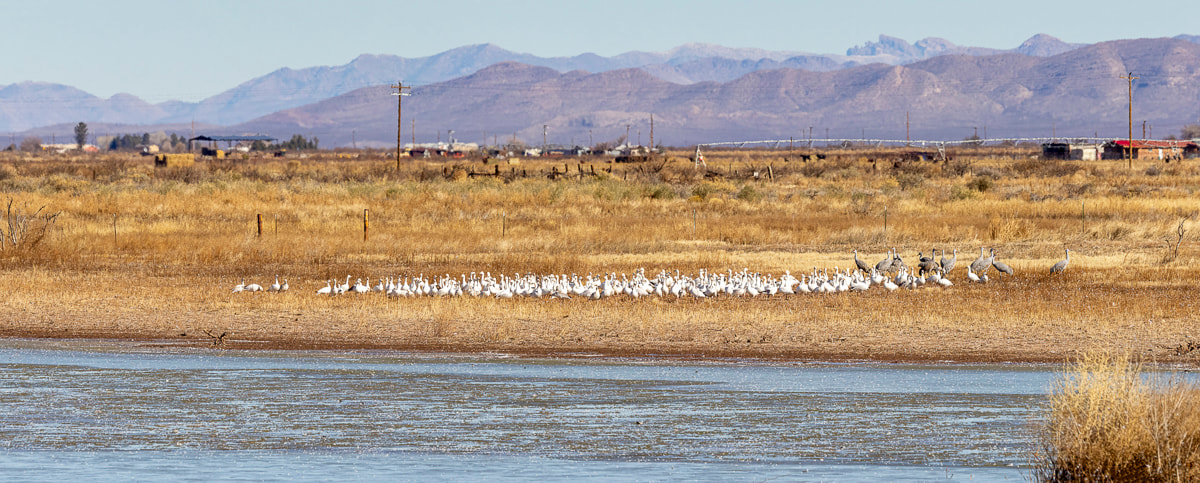
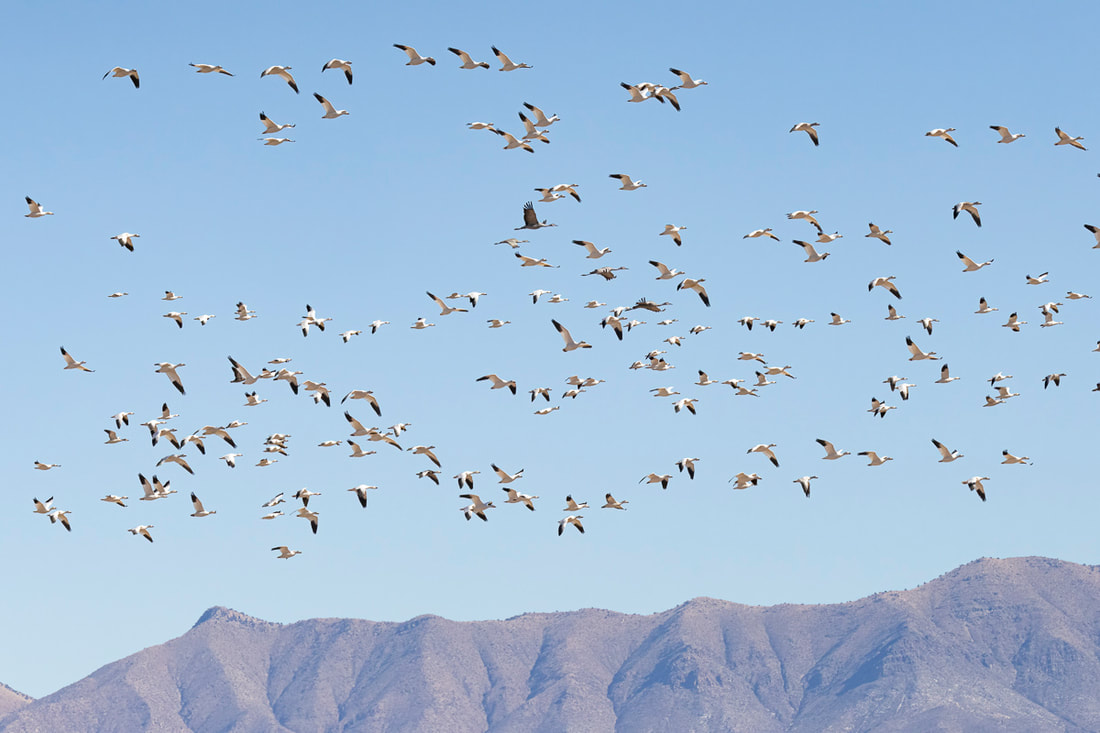
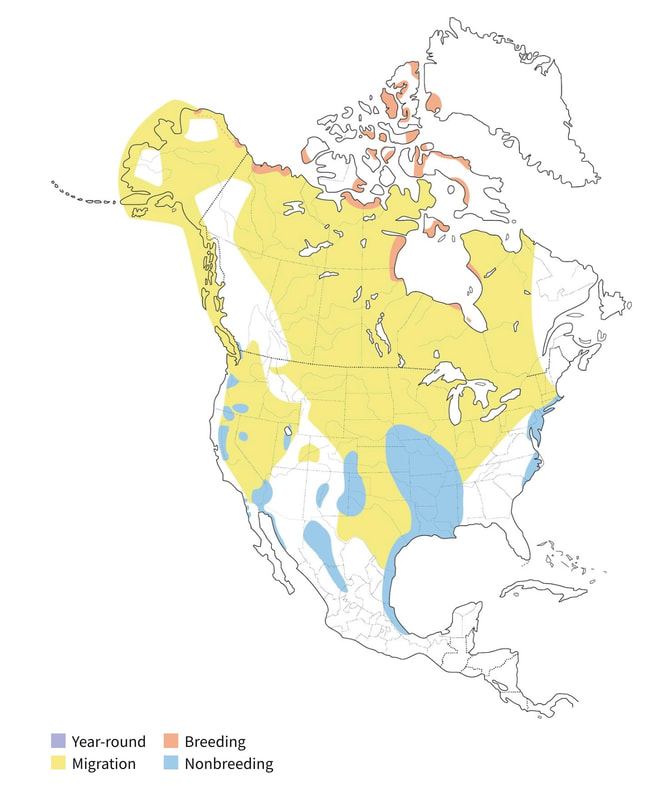
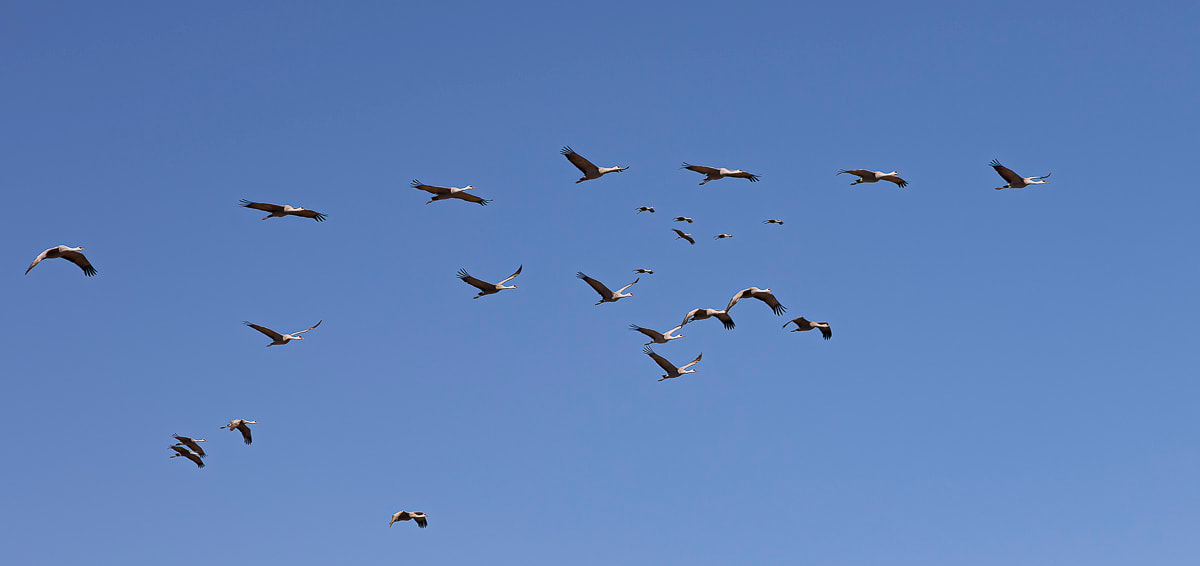
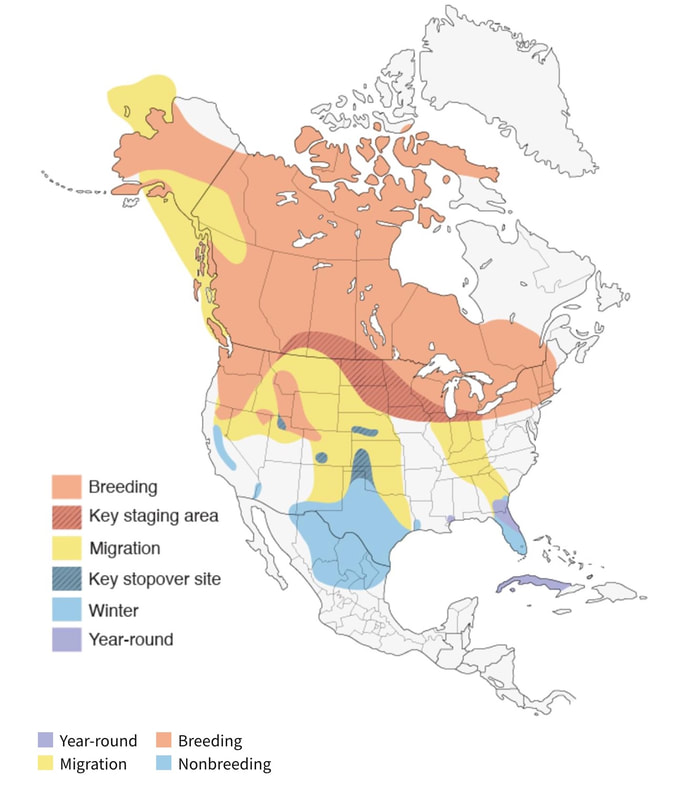
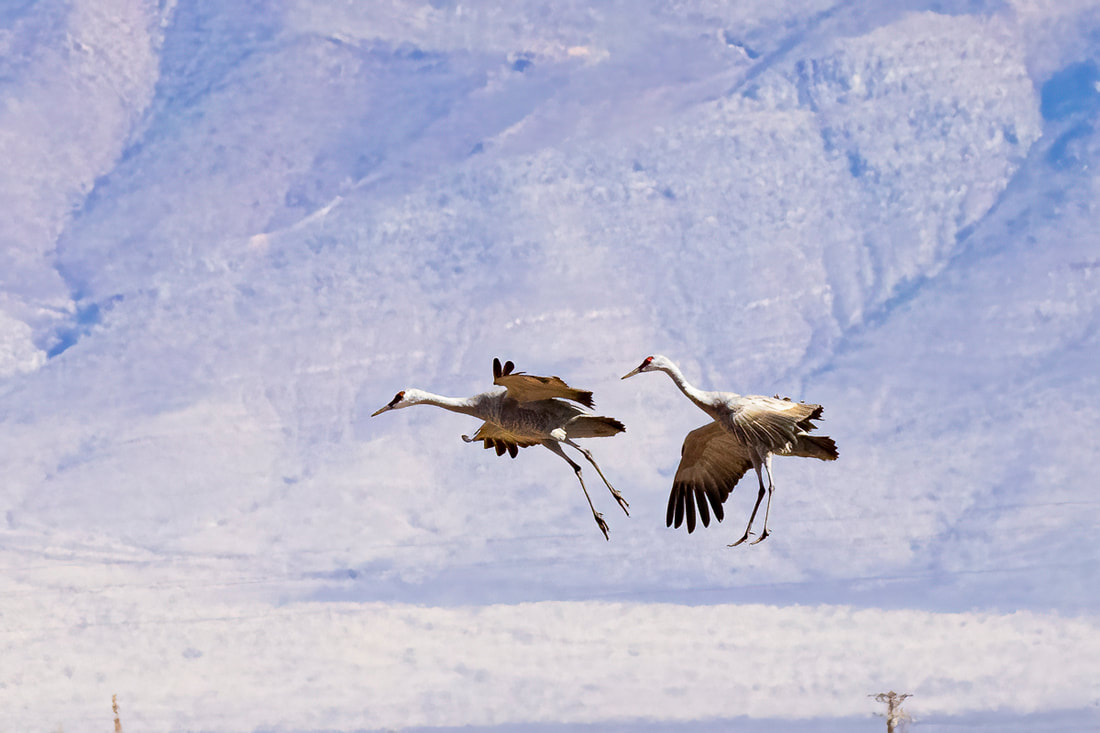
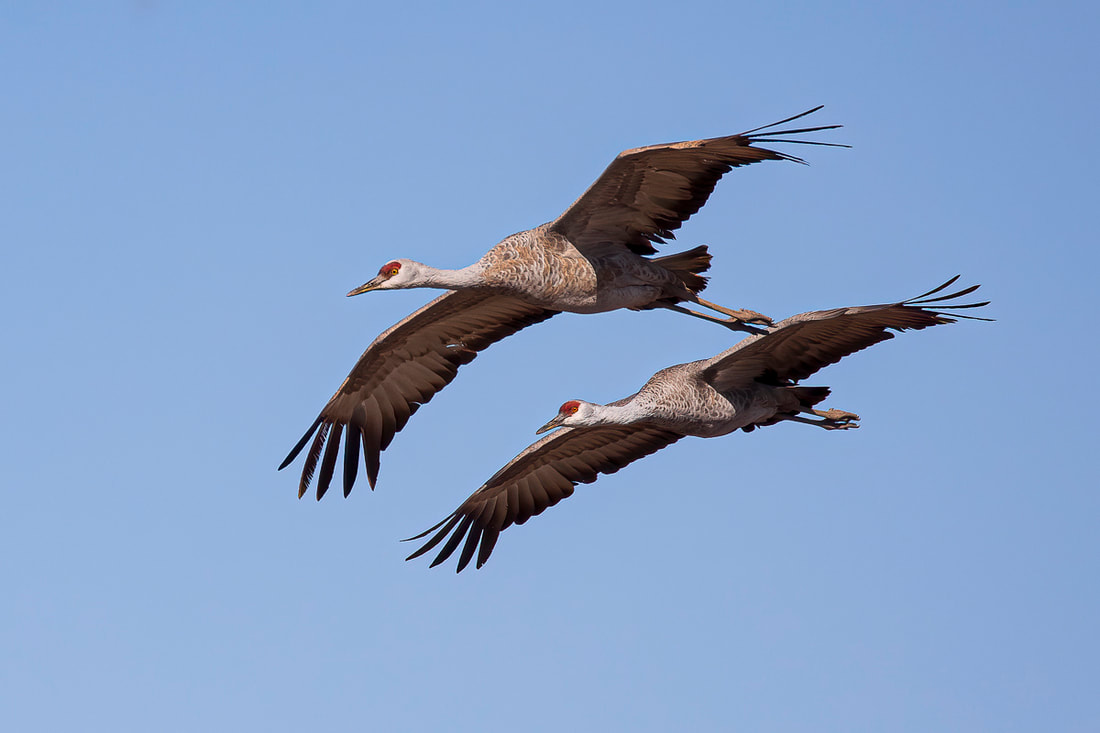
 RSS Feed
RSS Feed